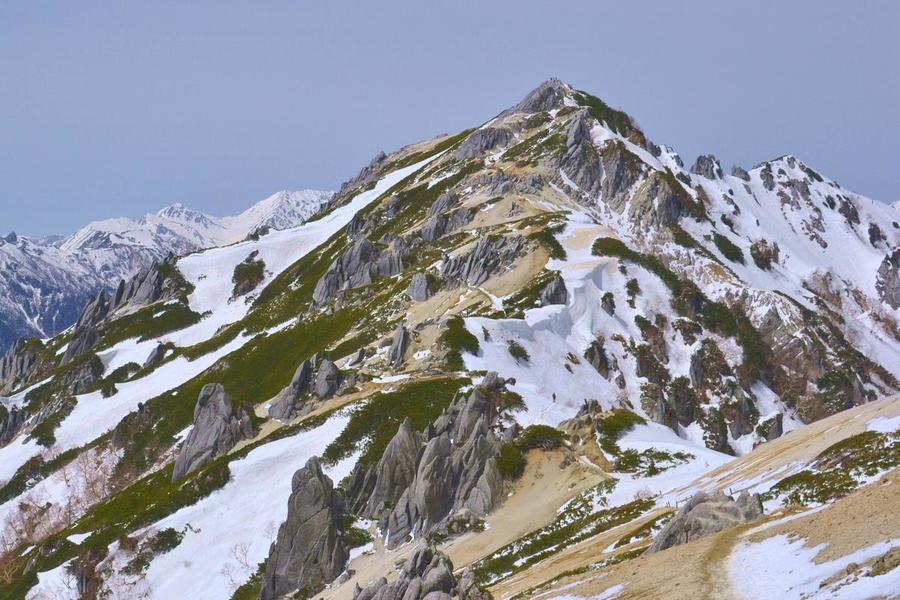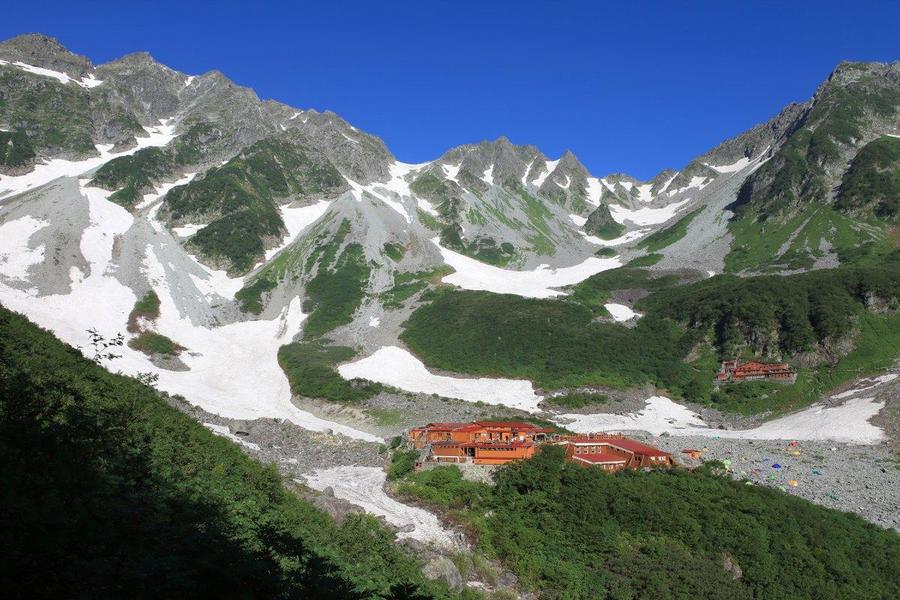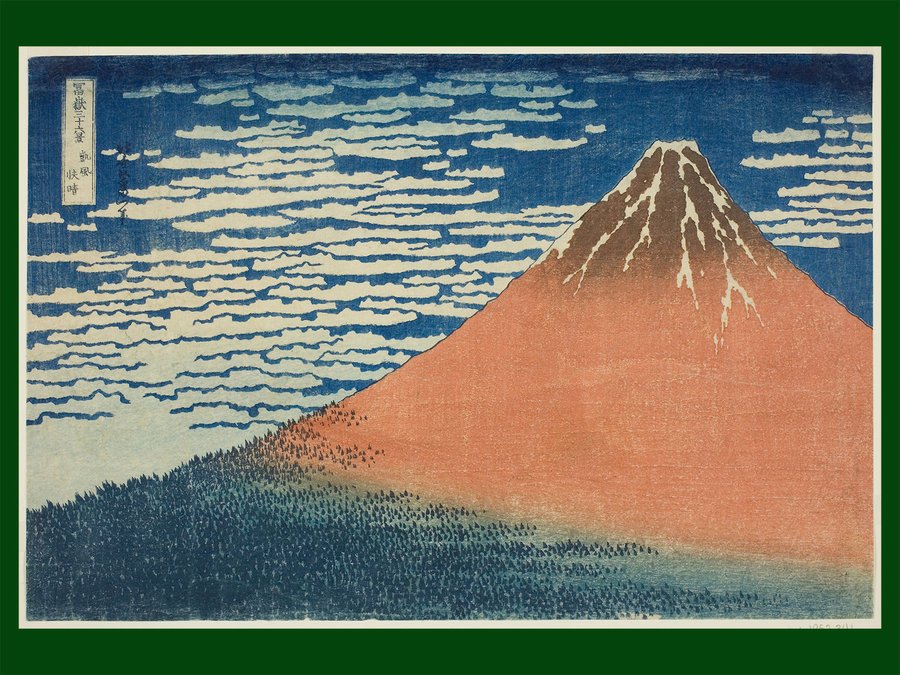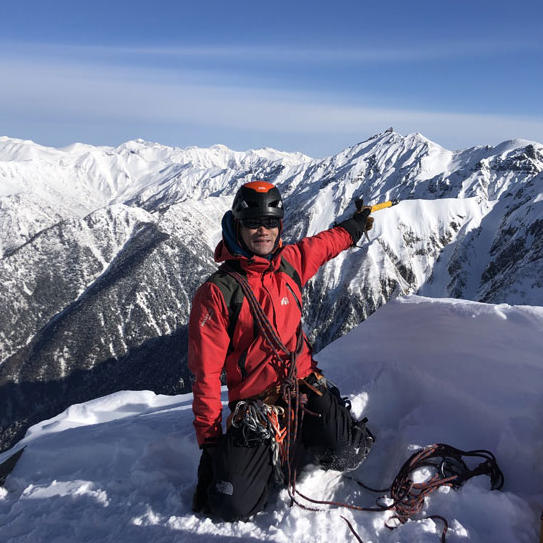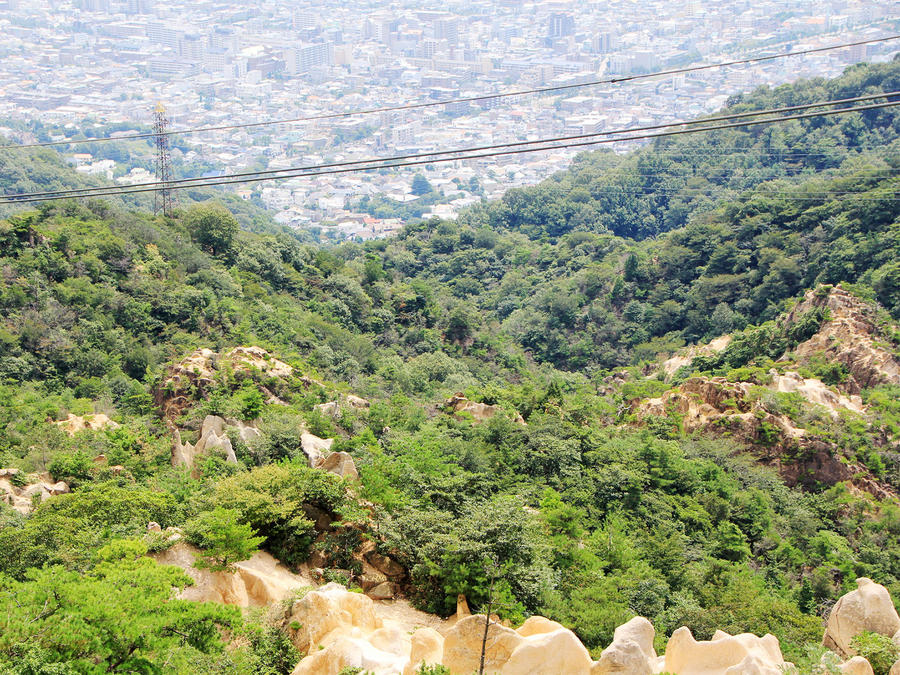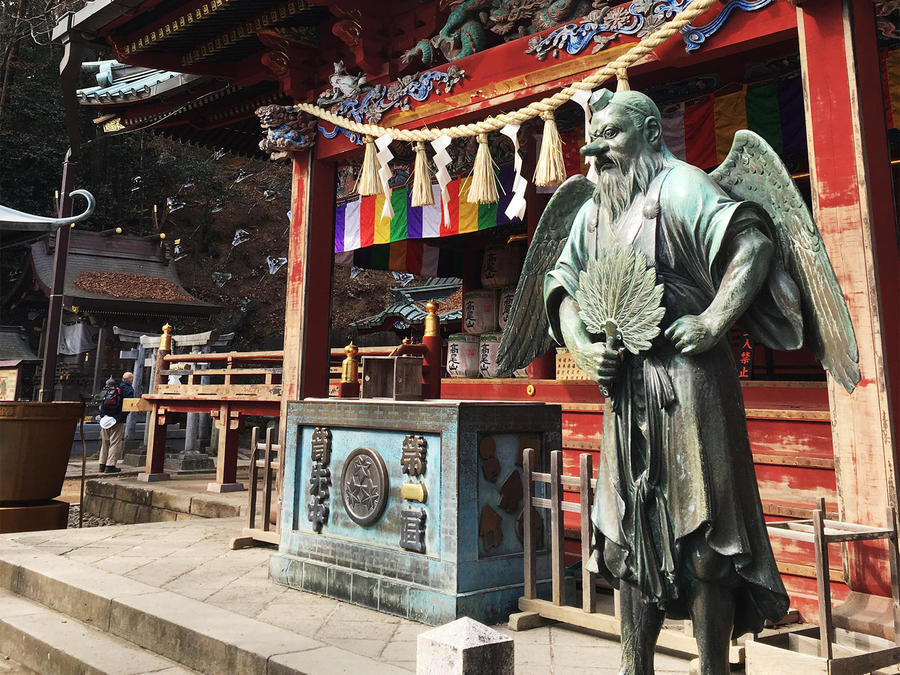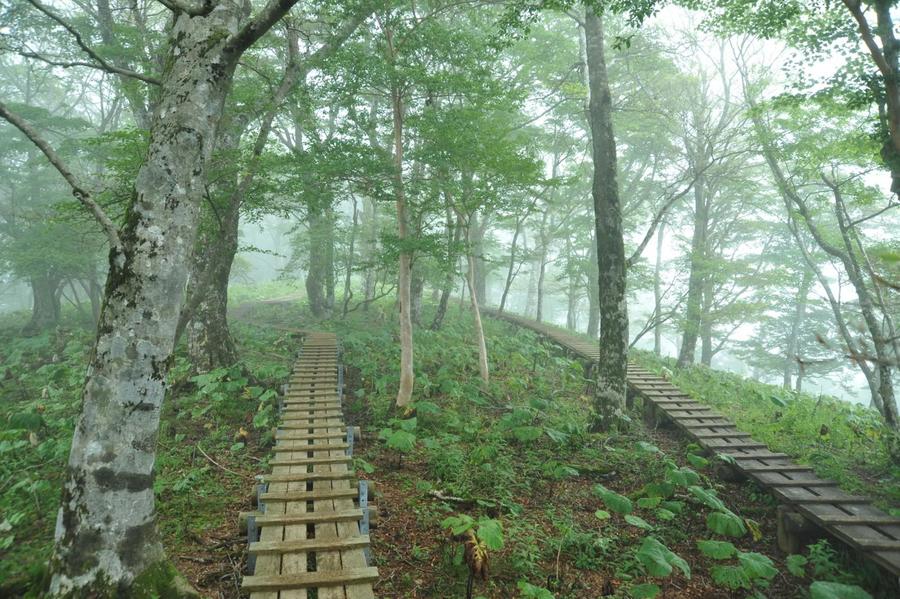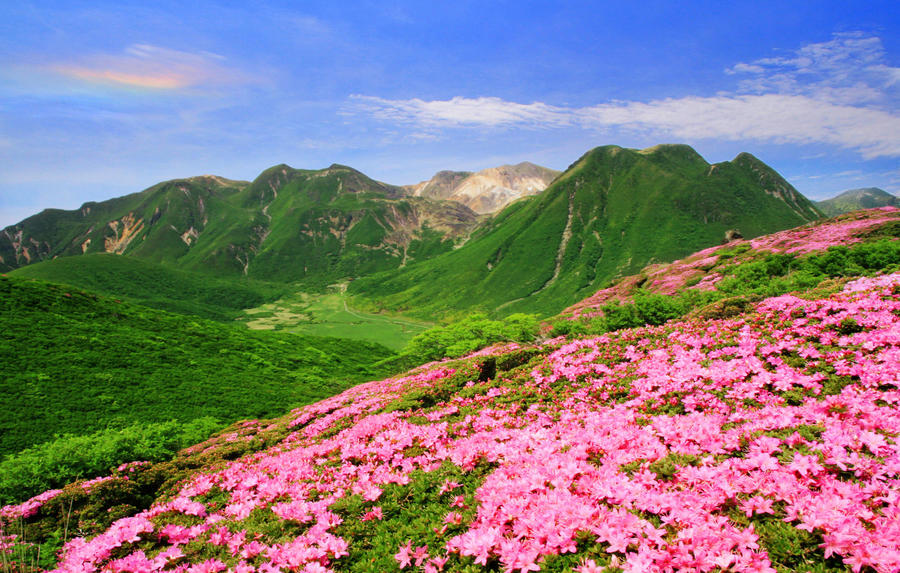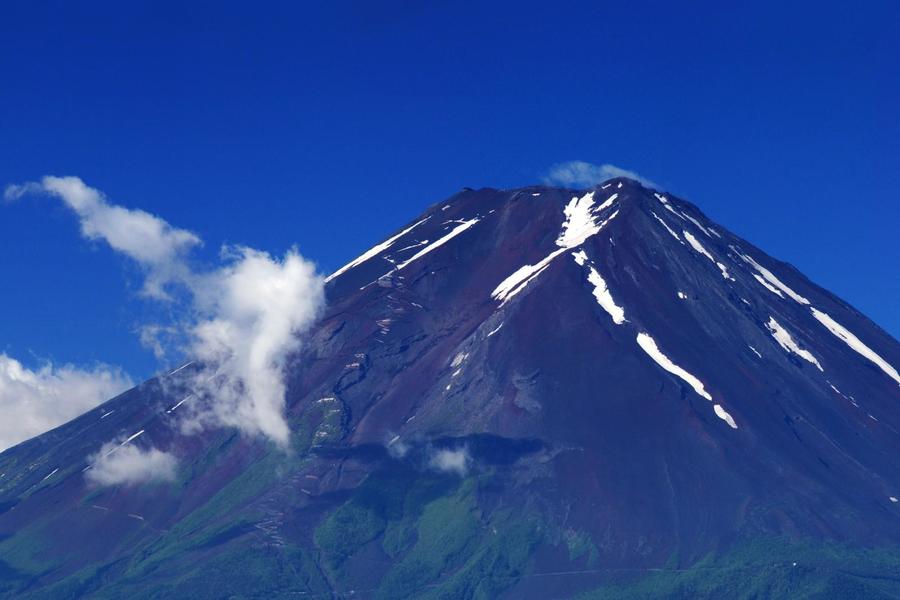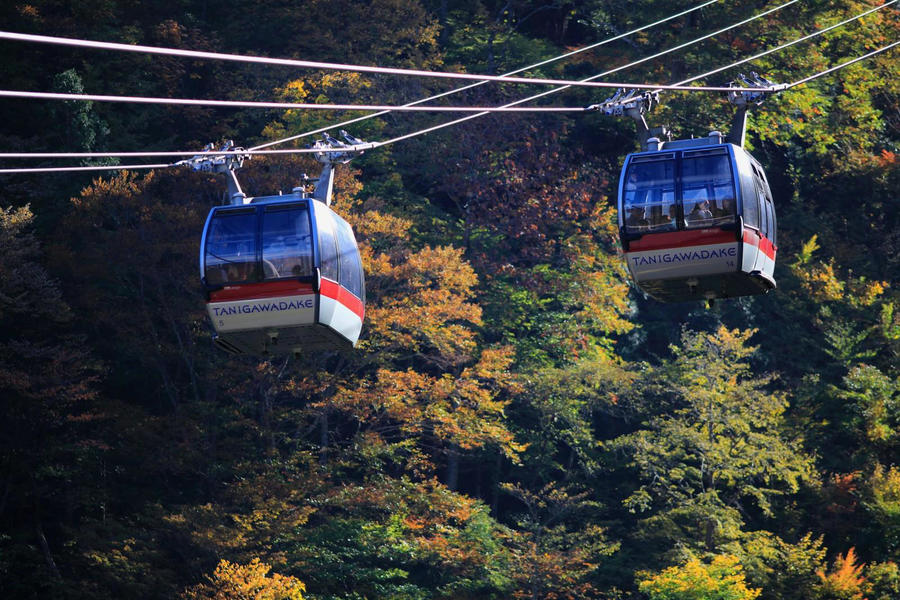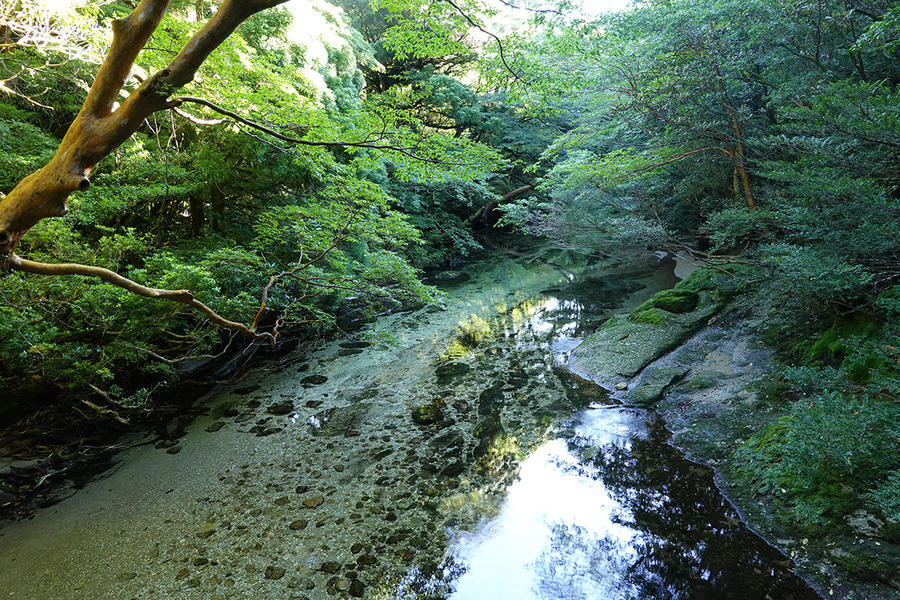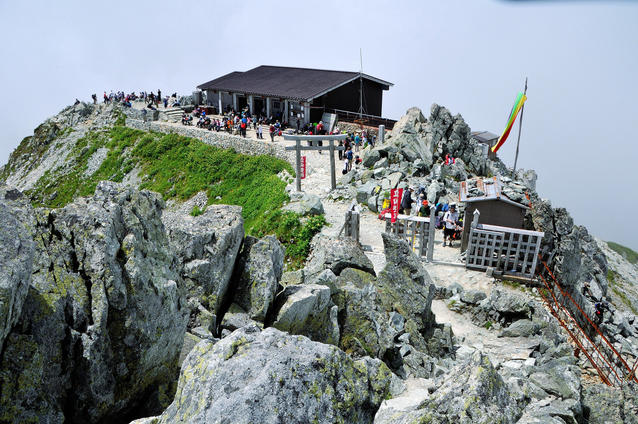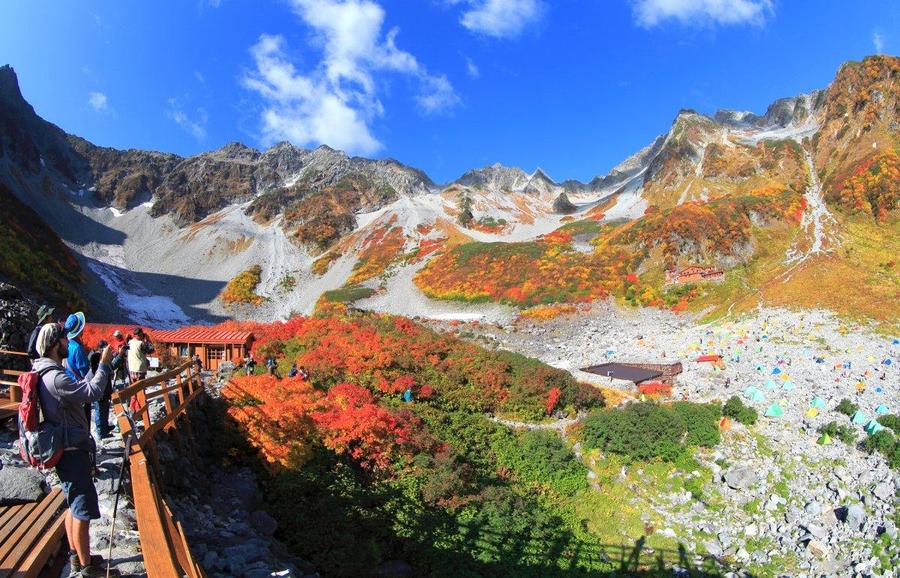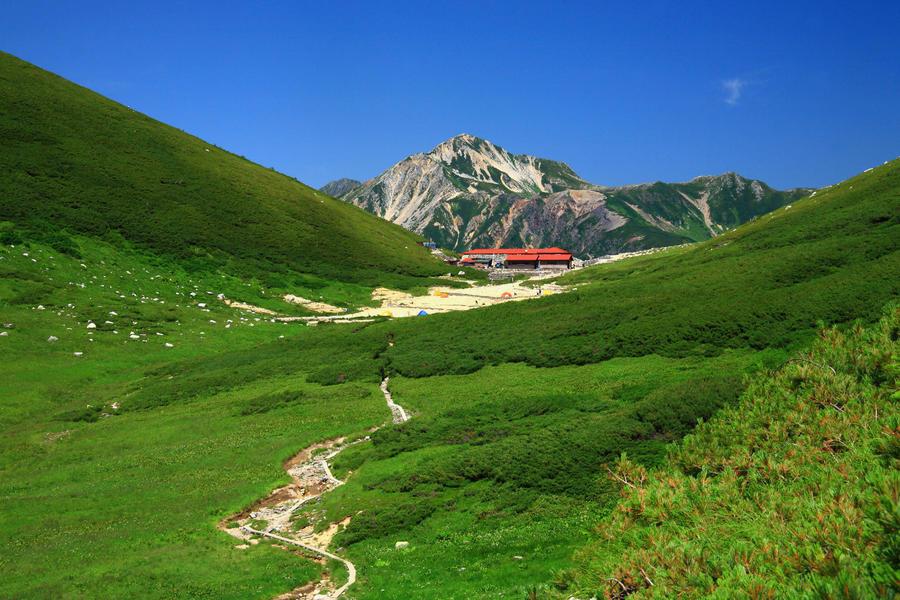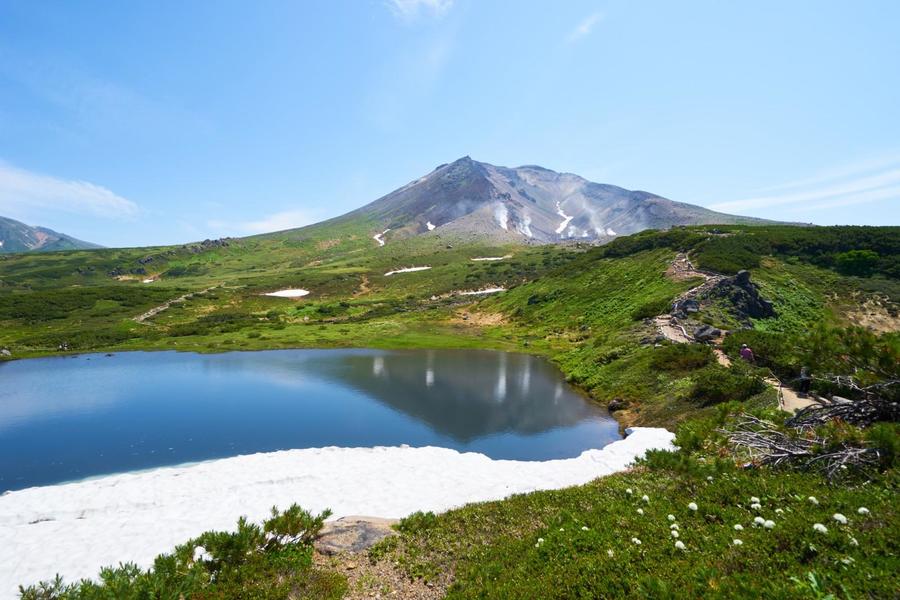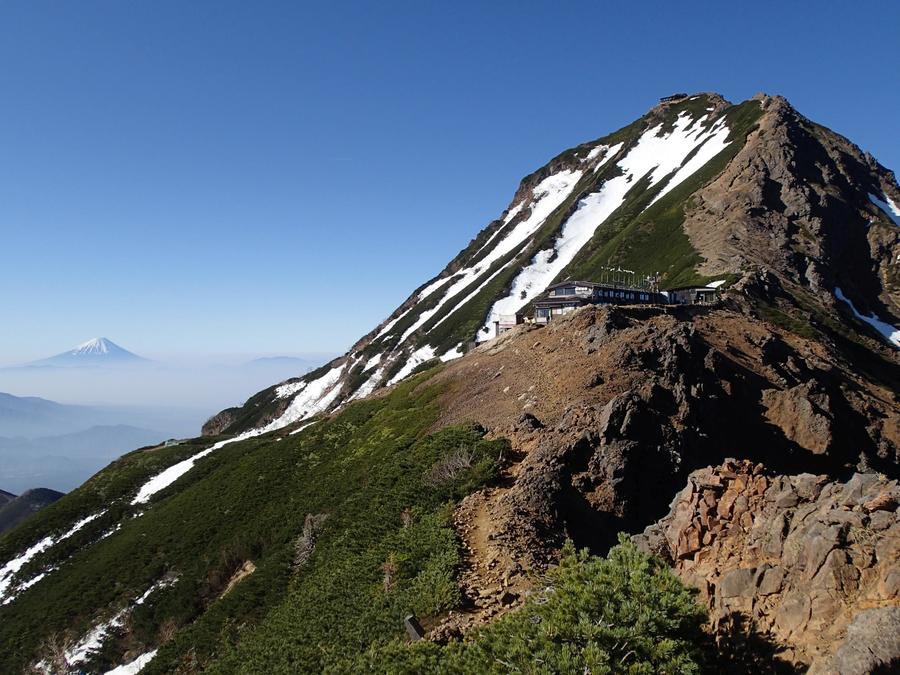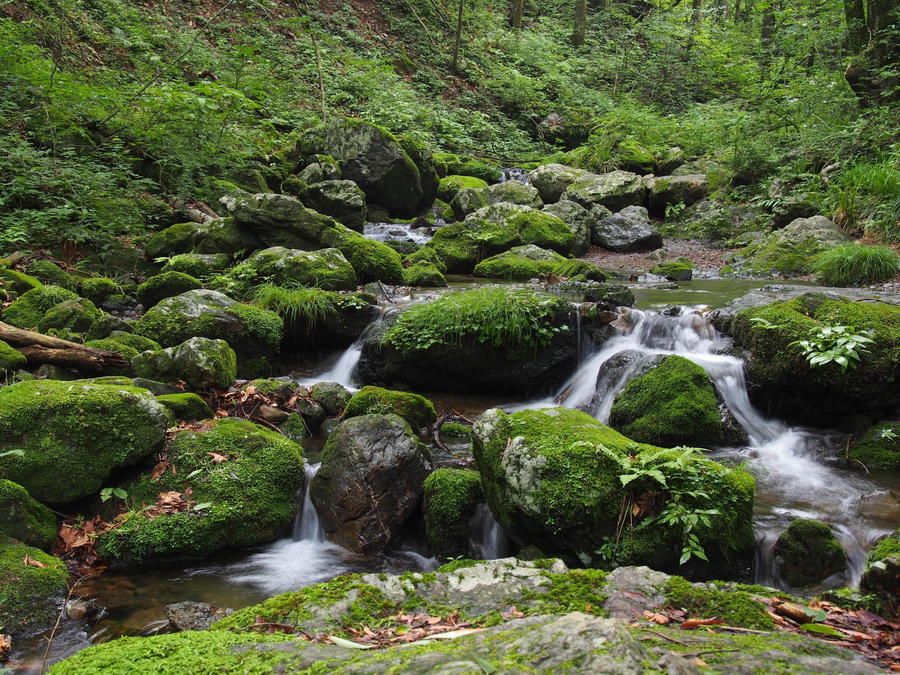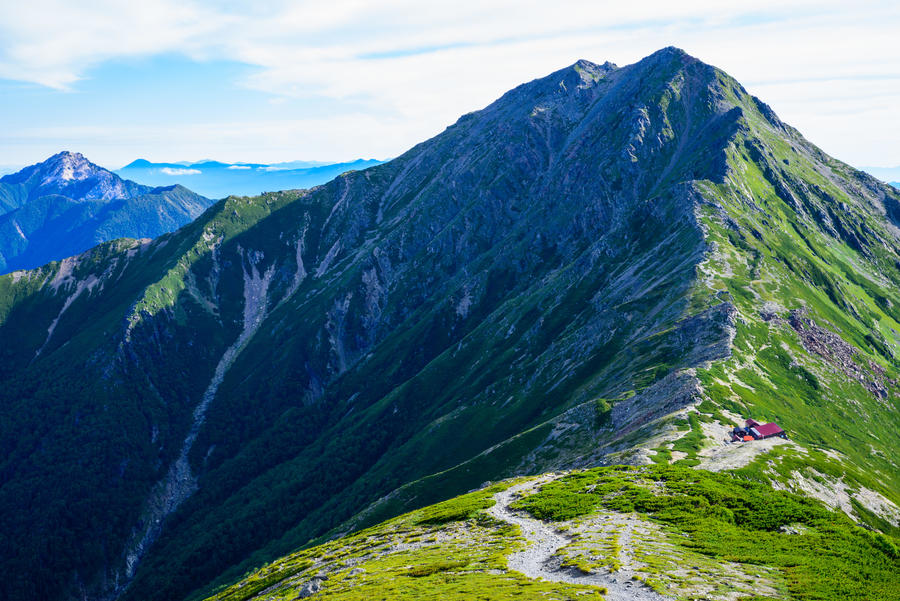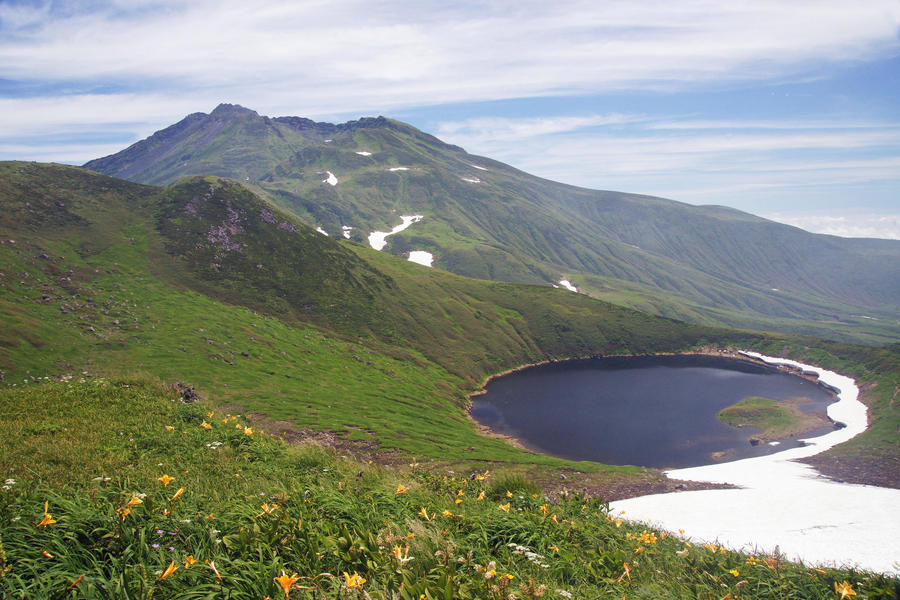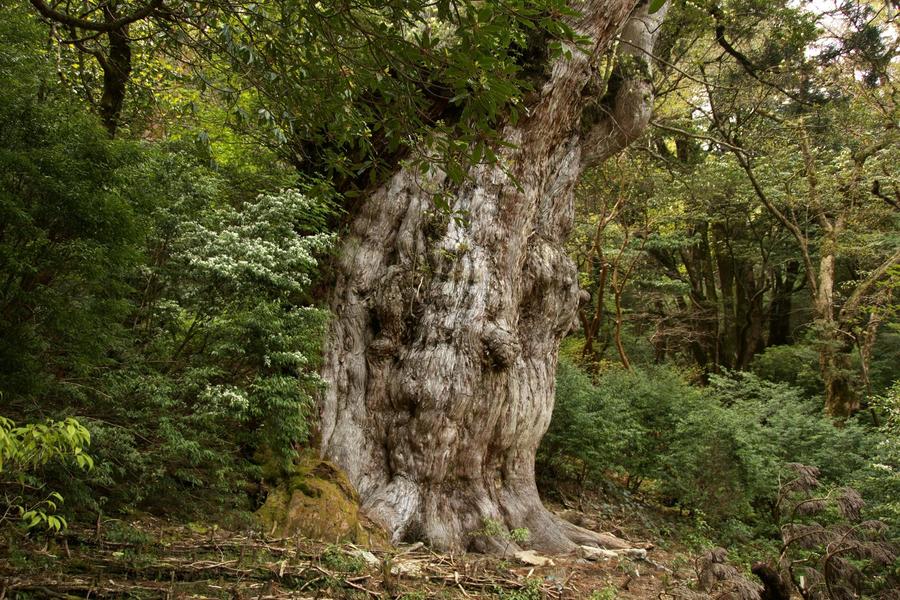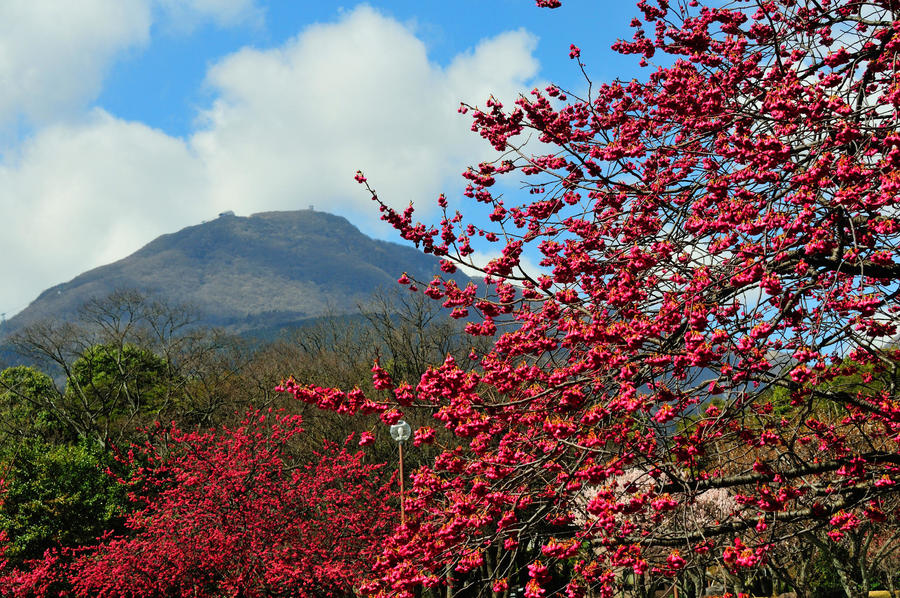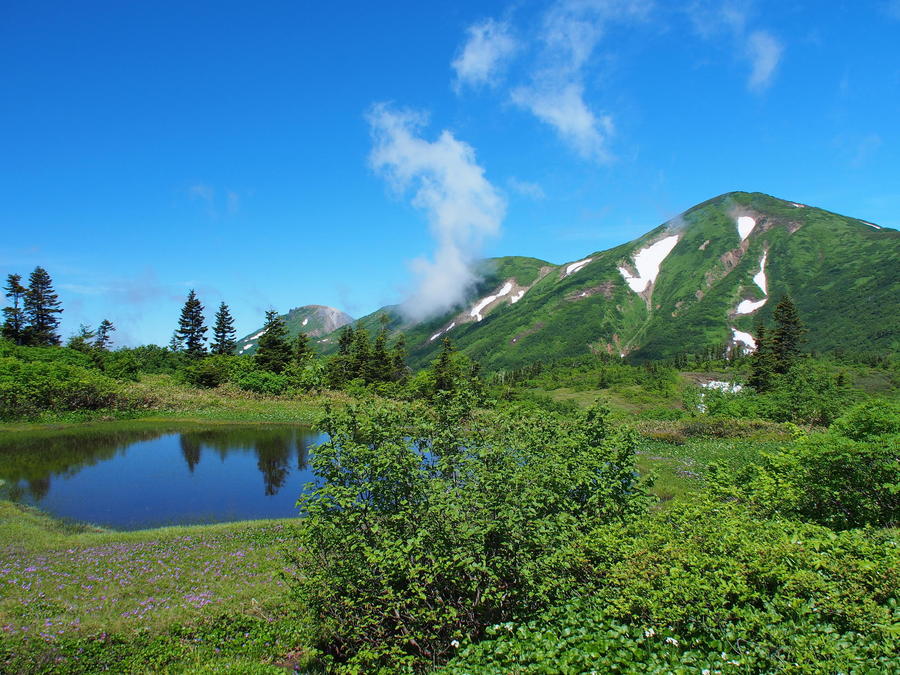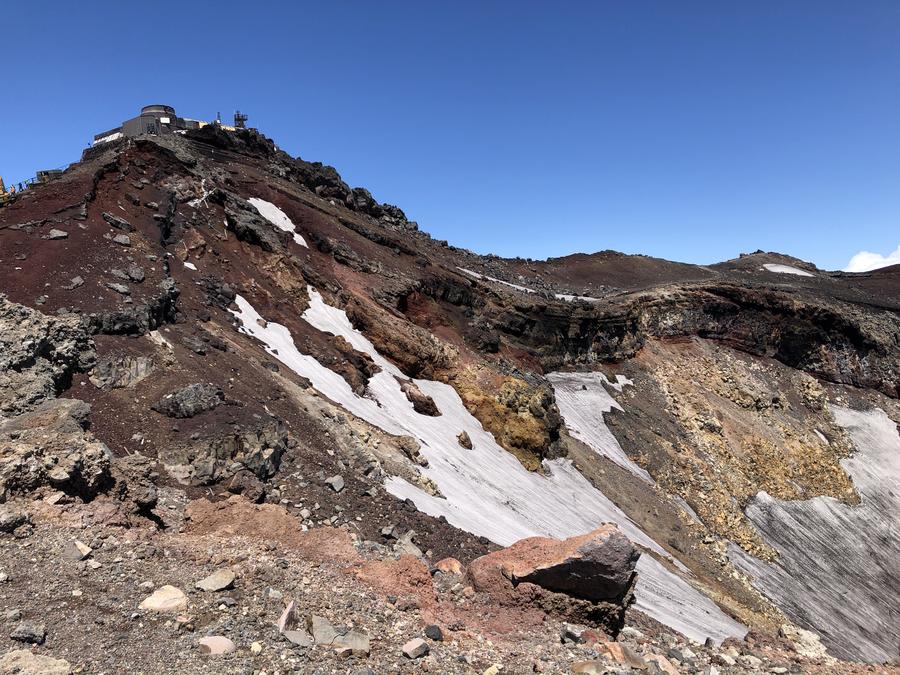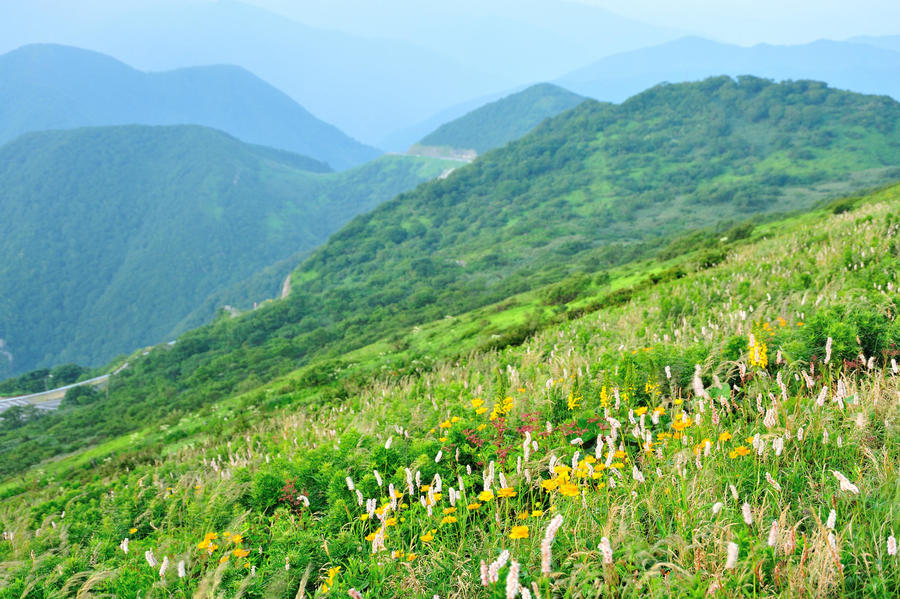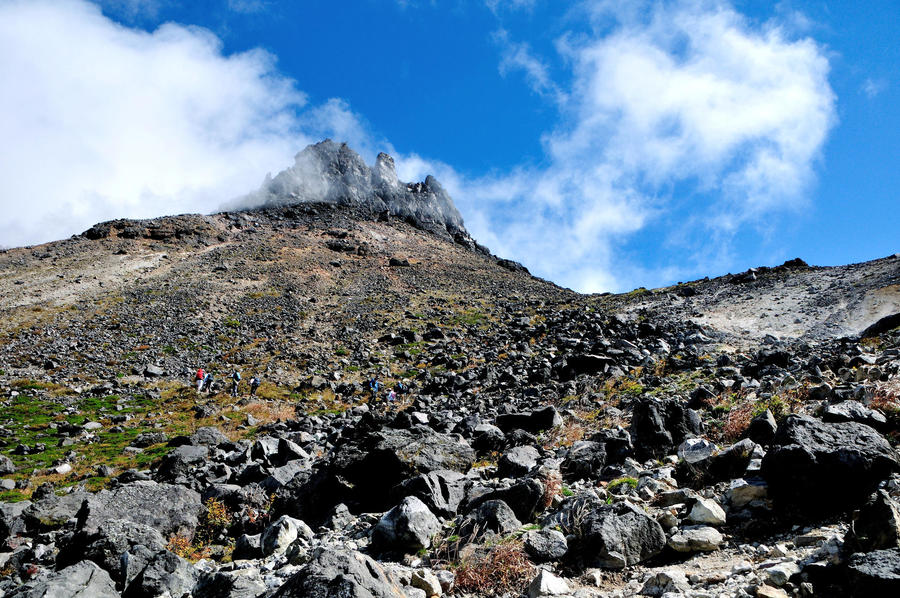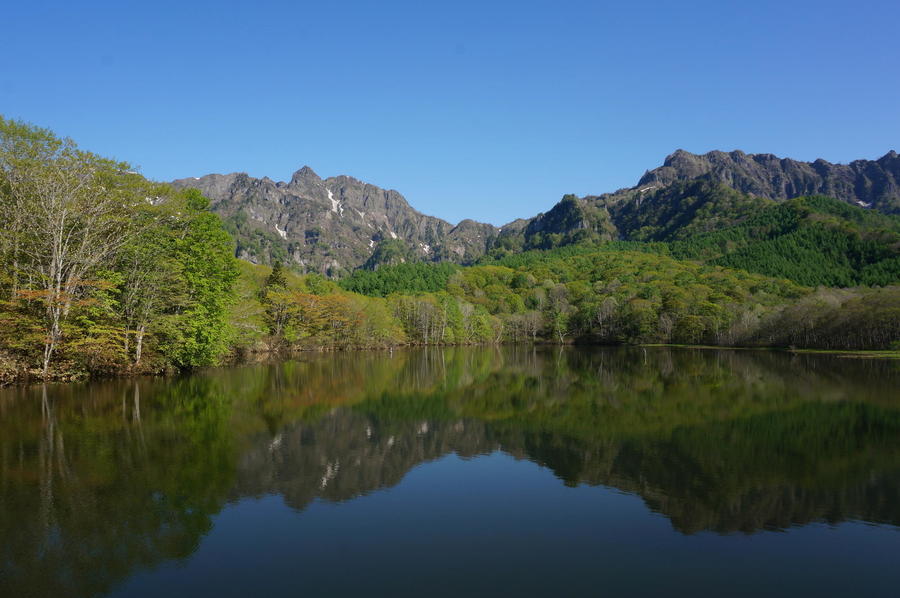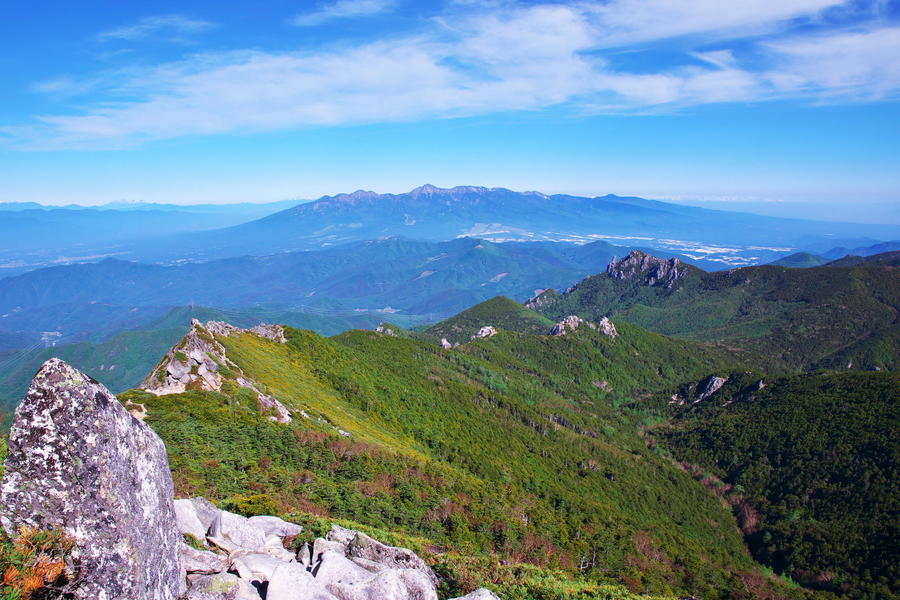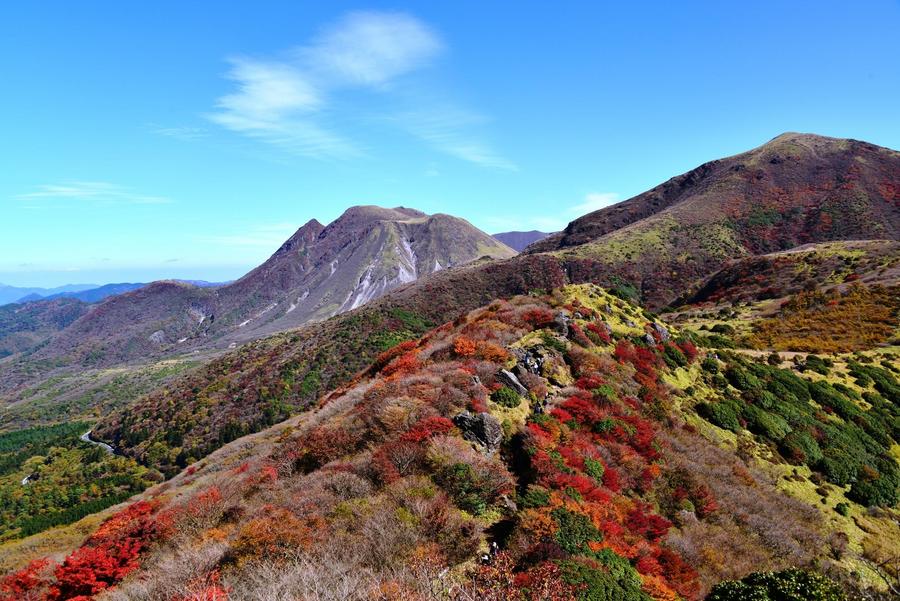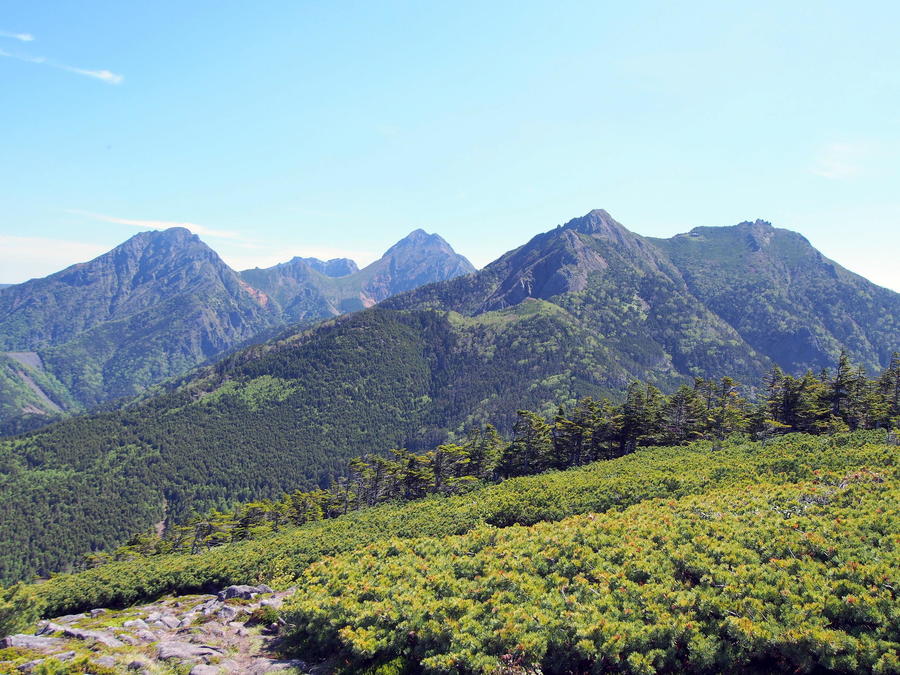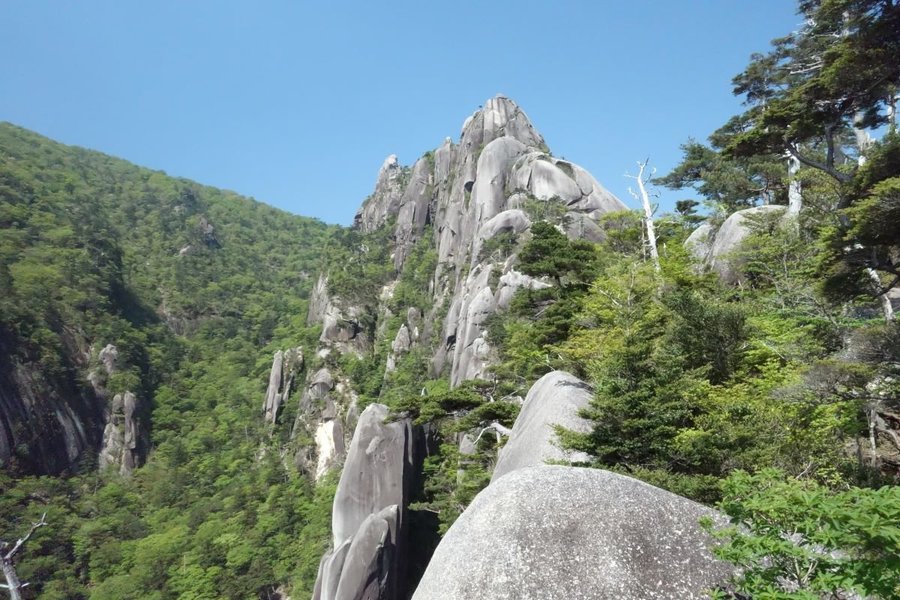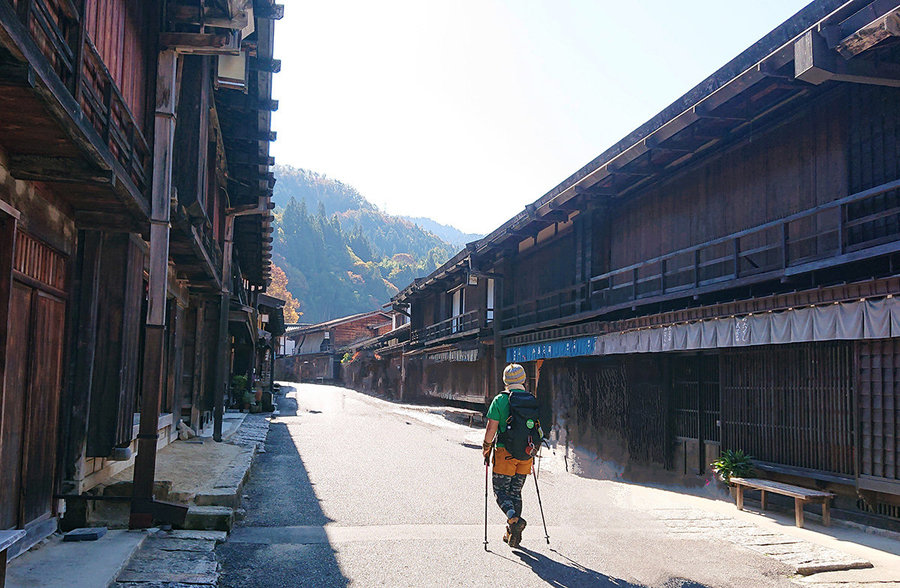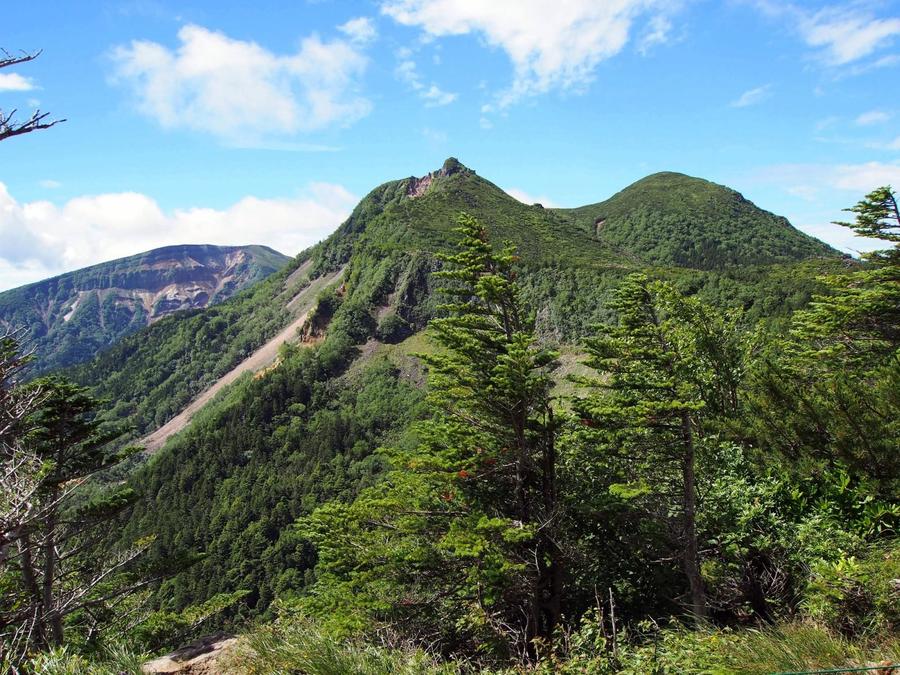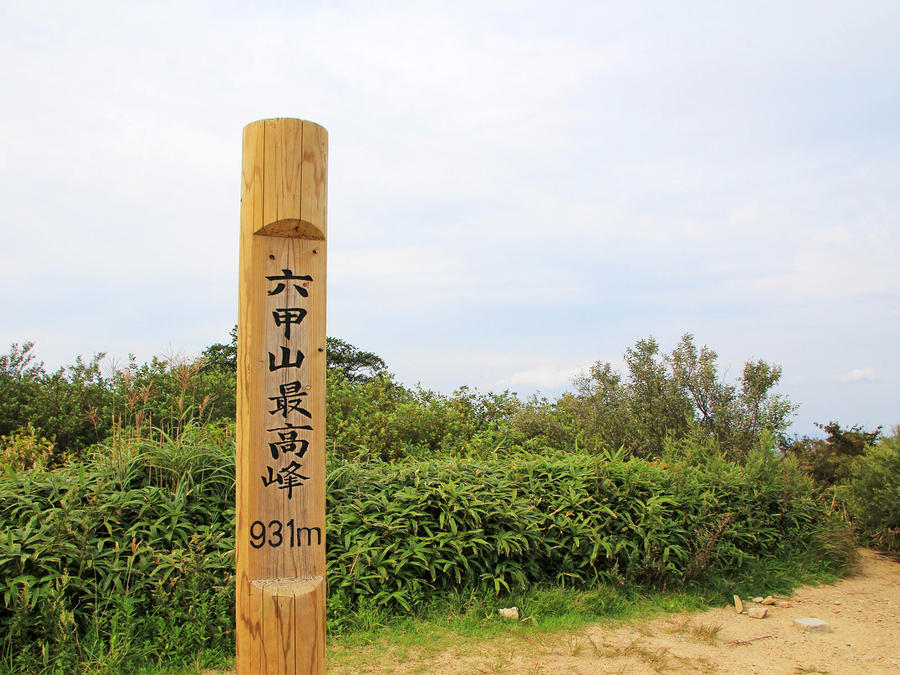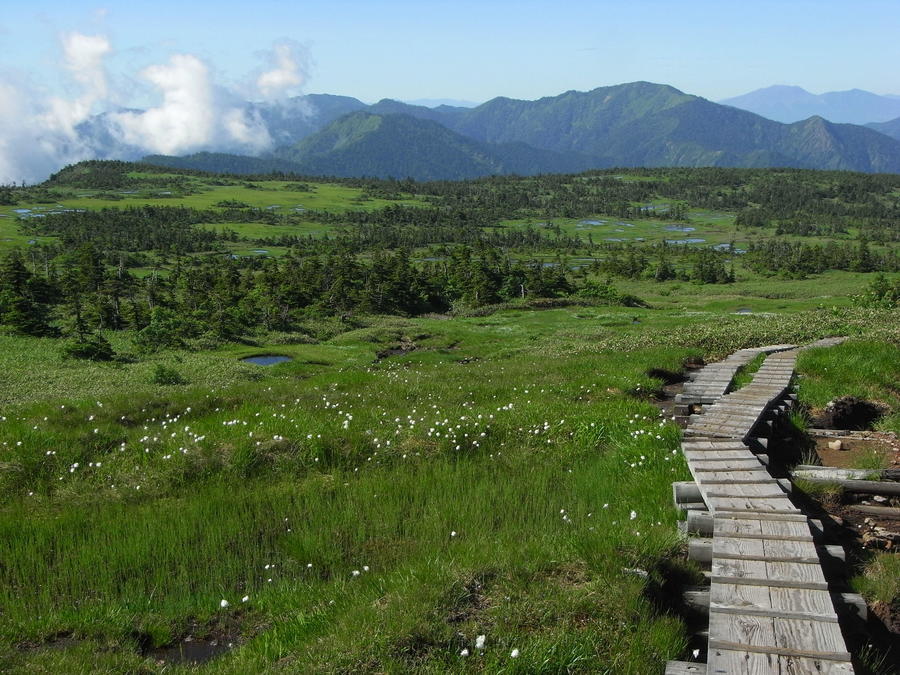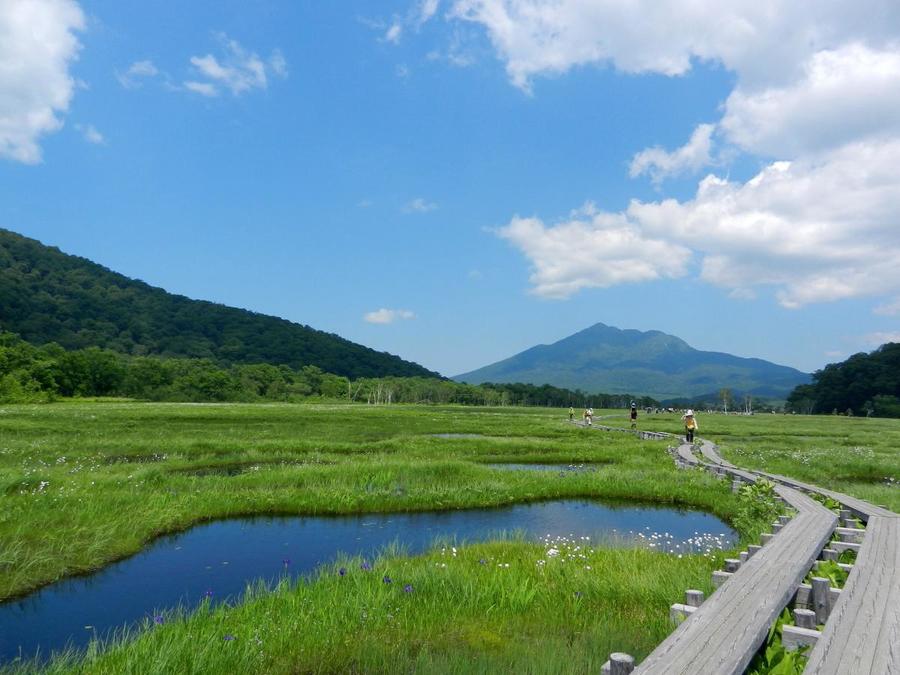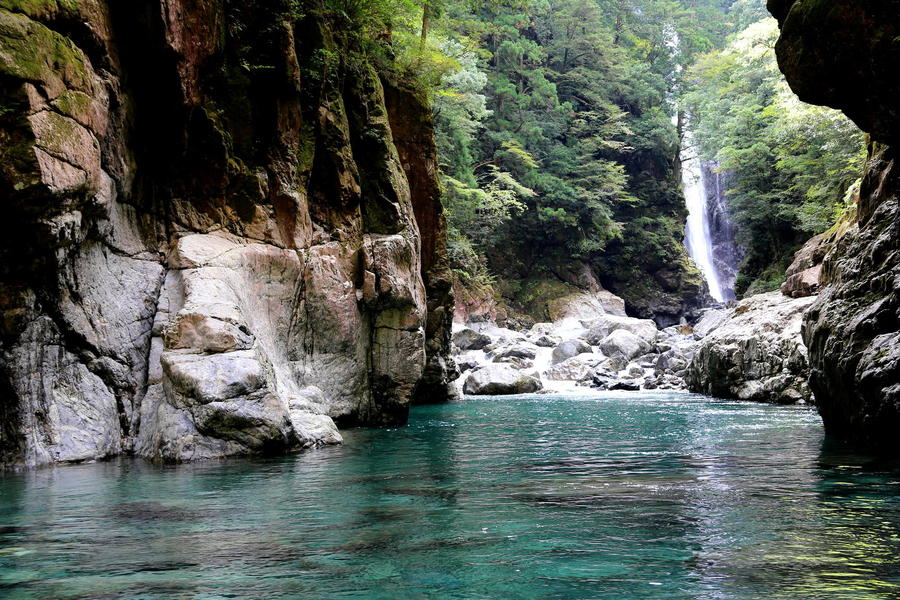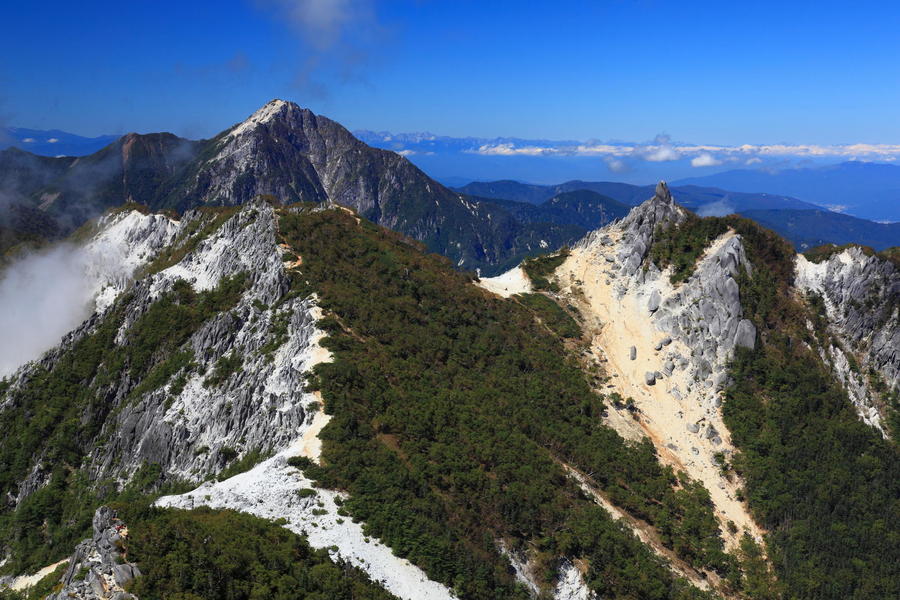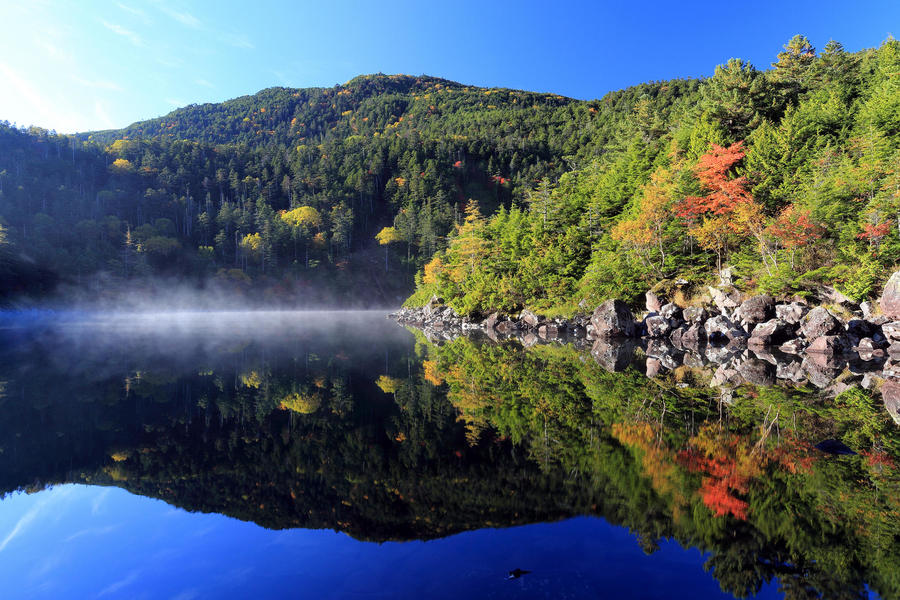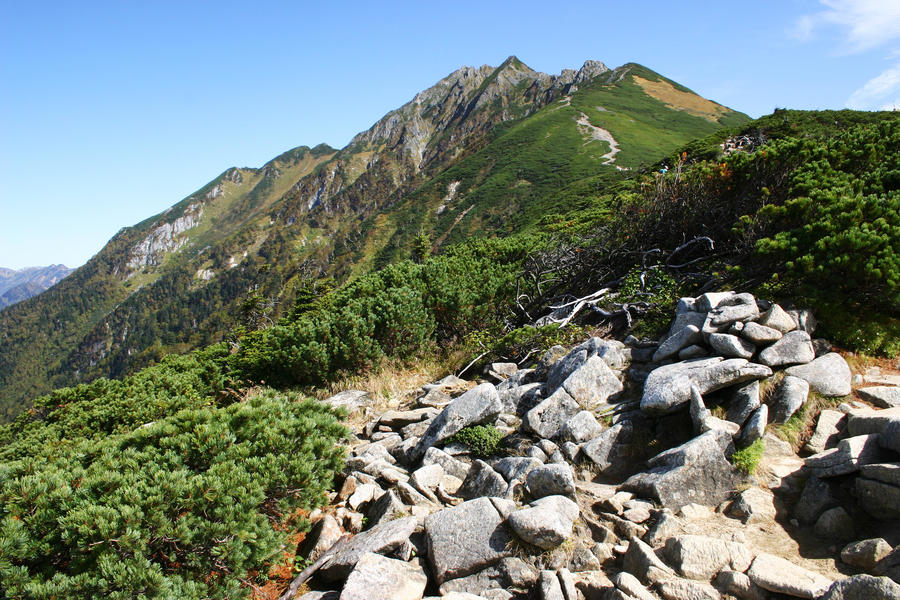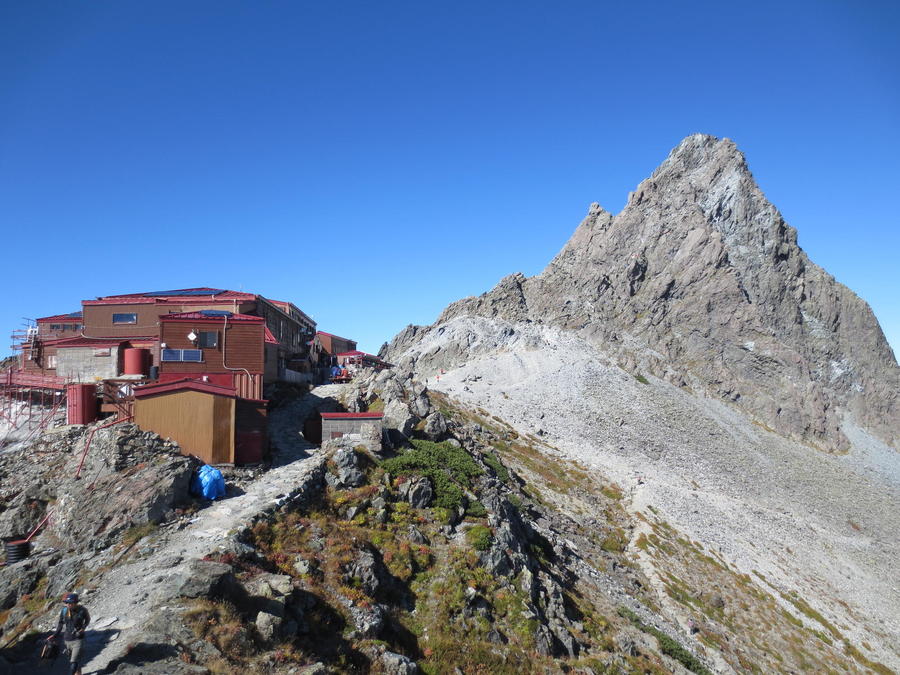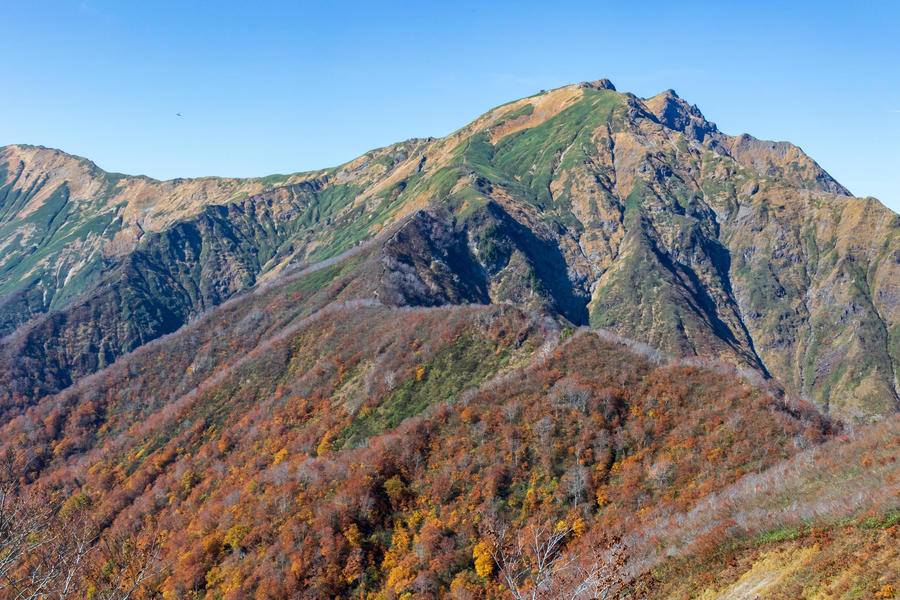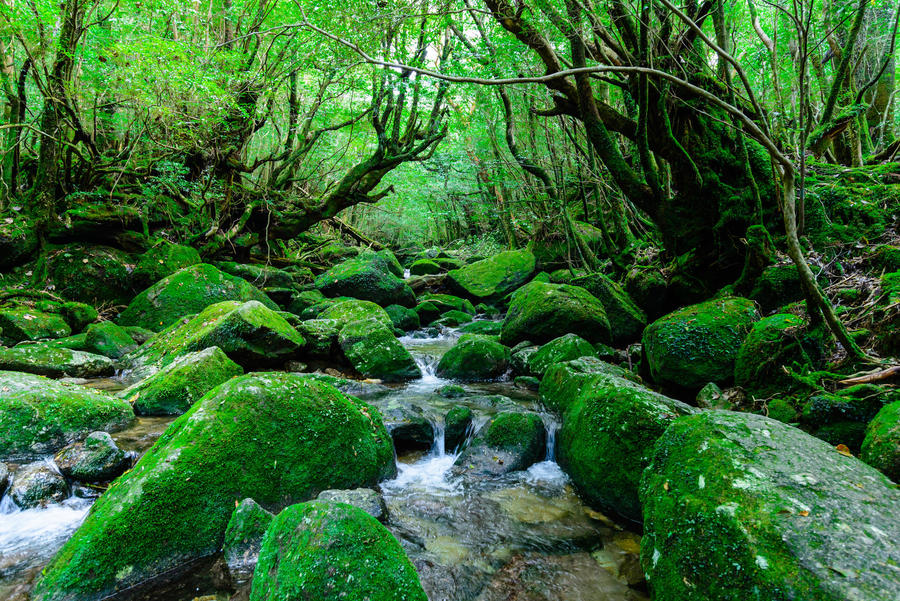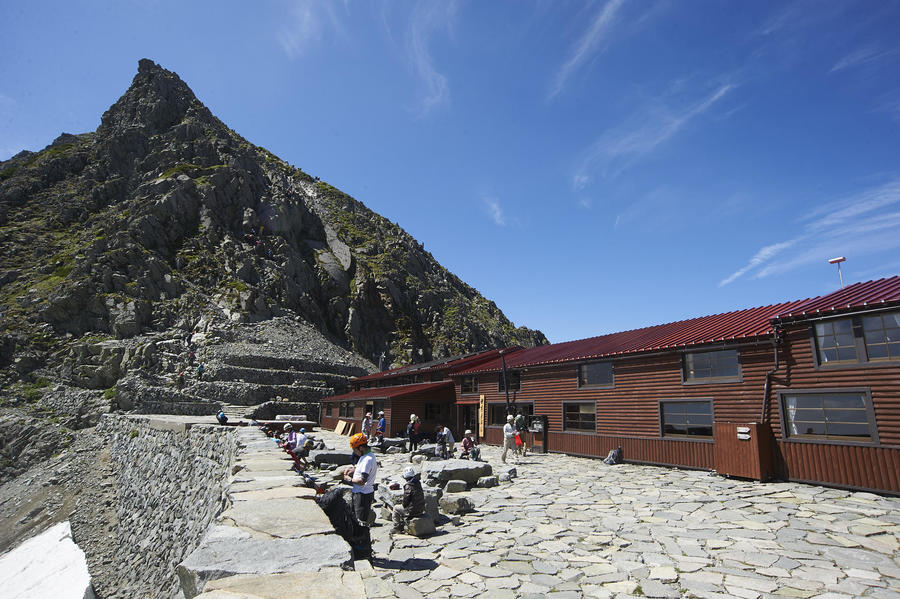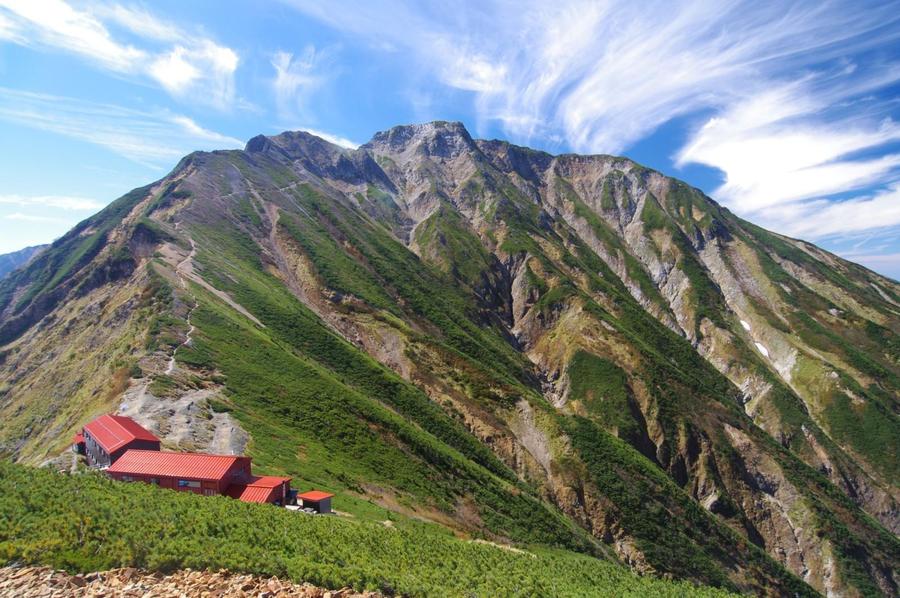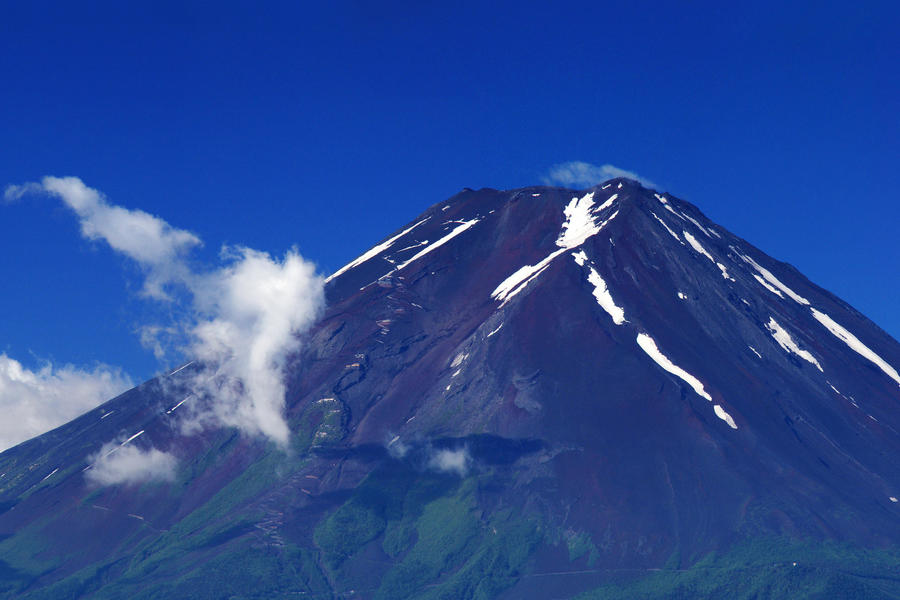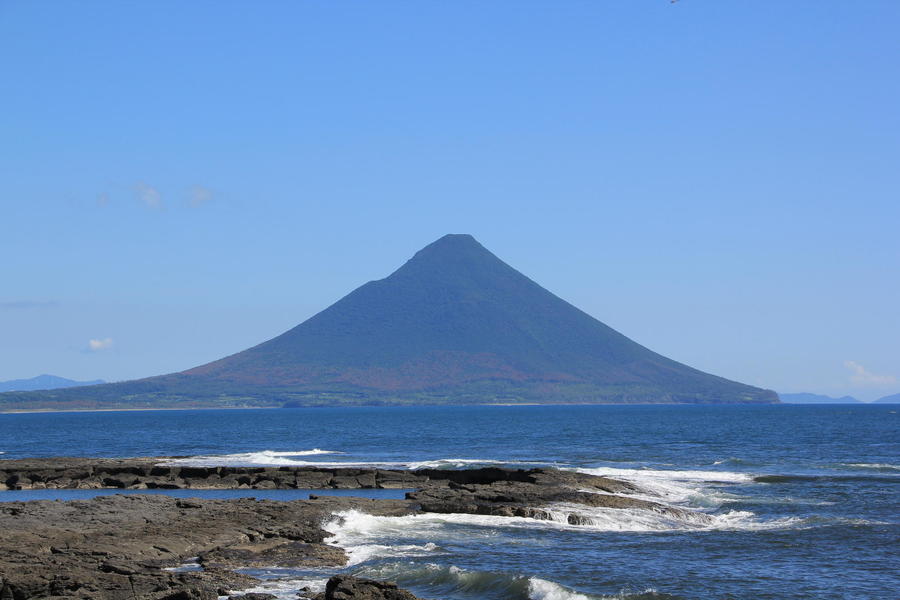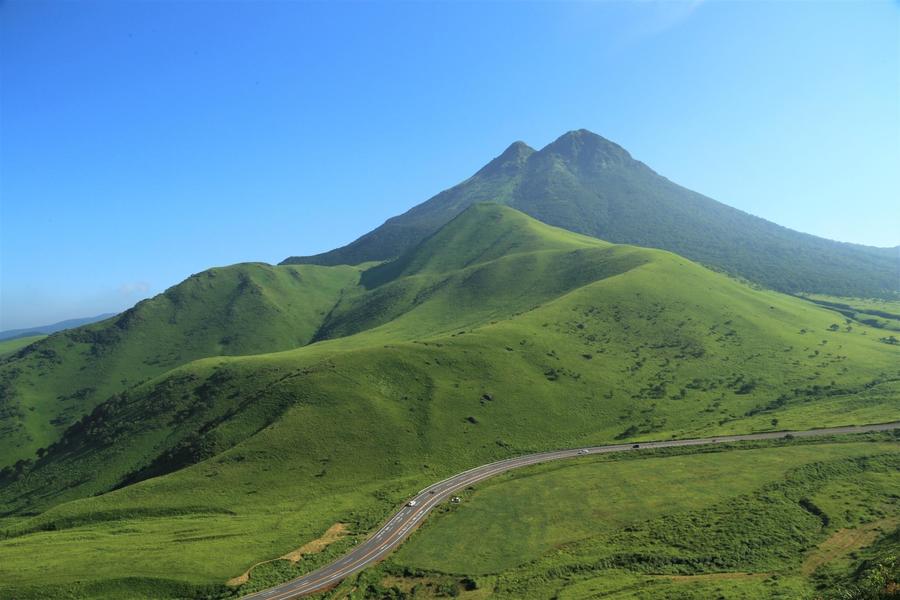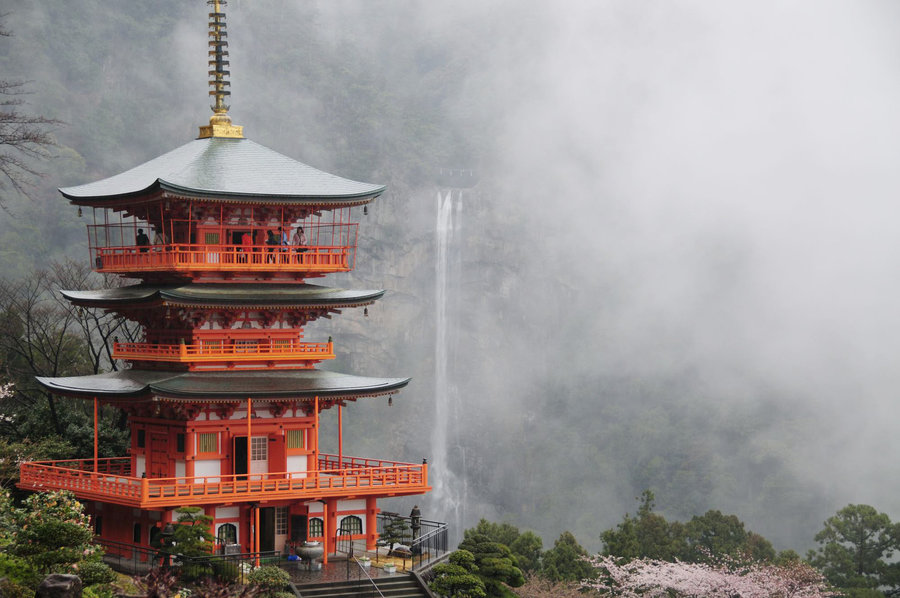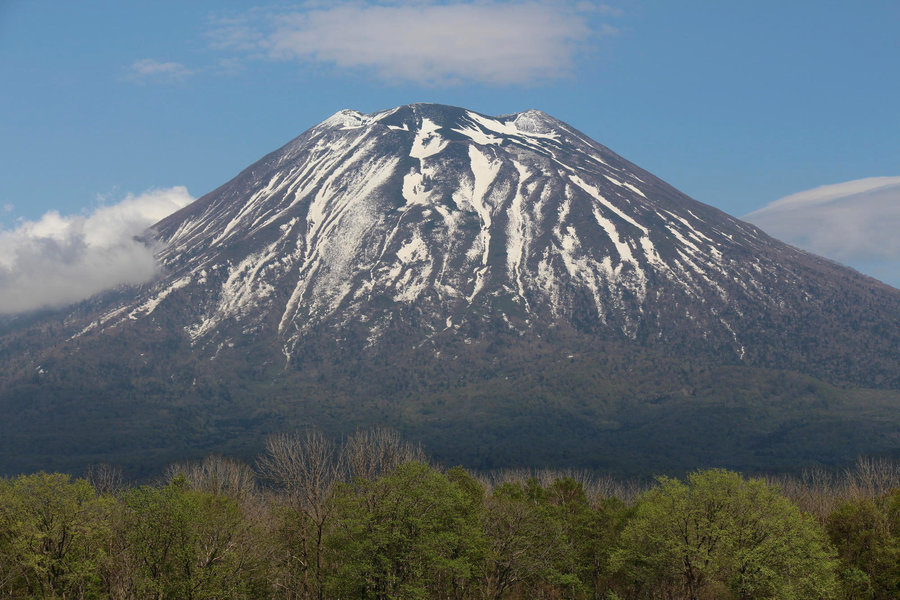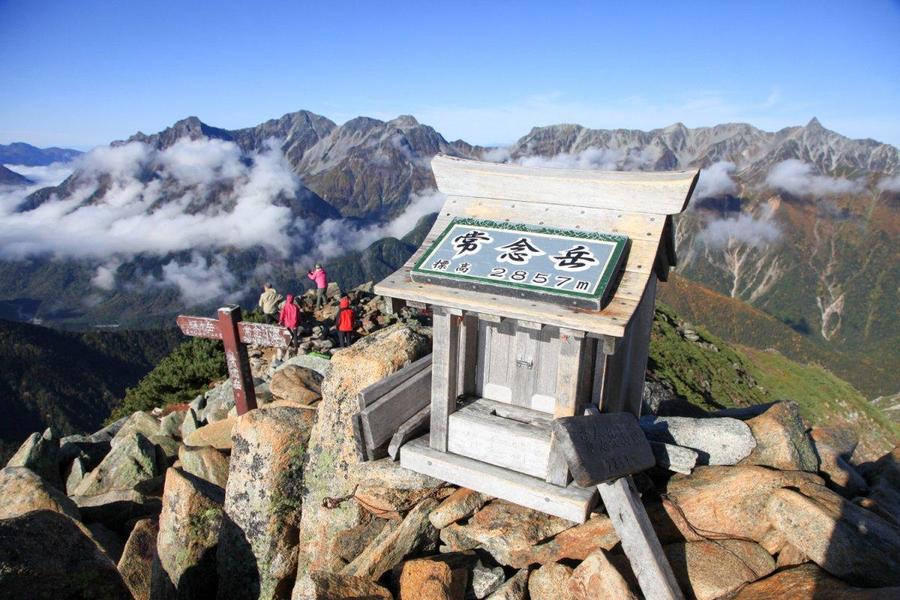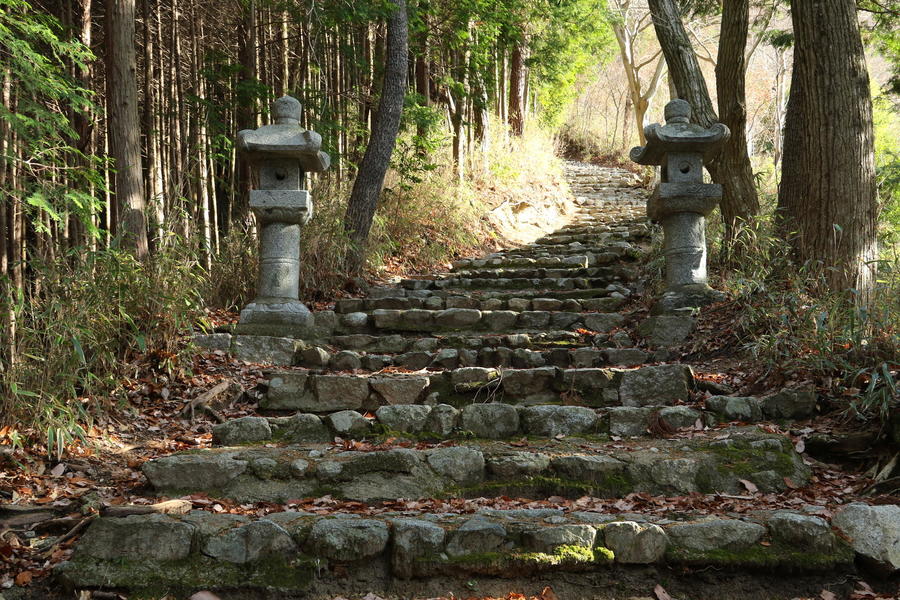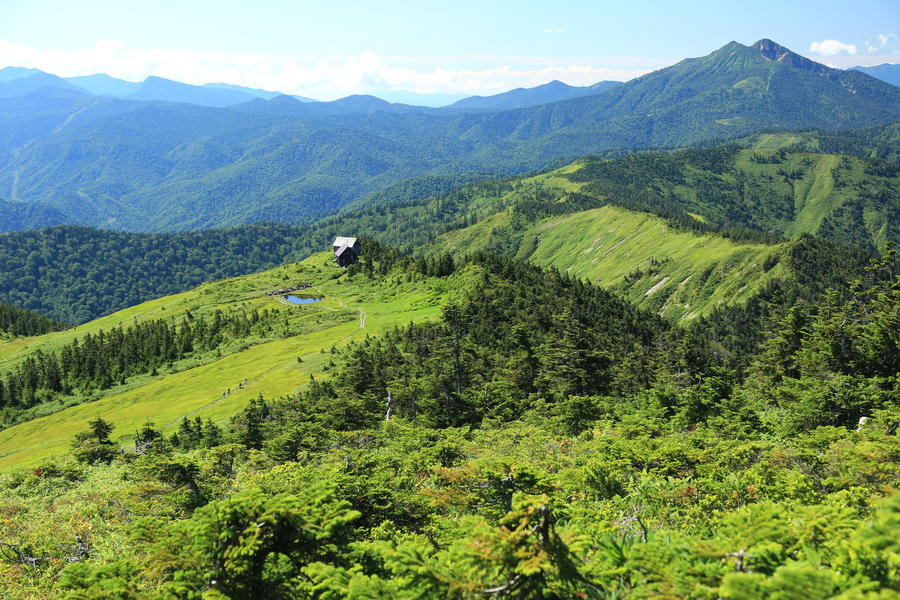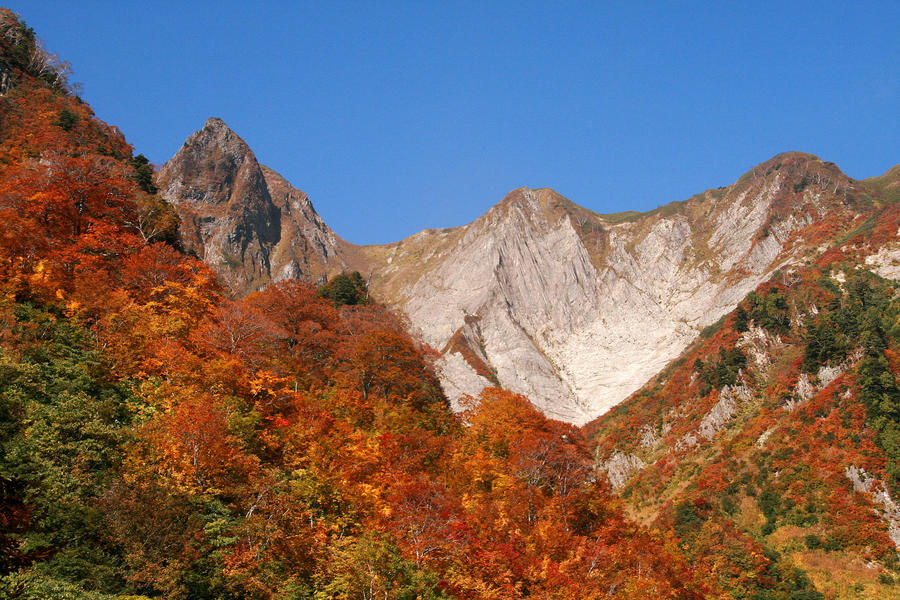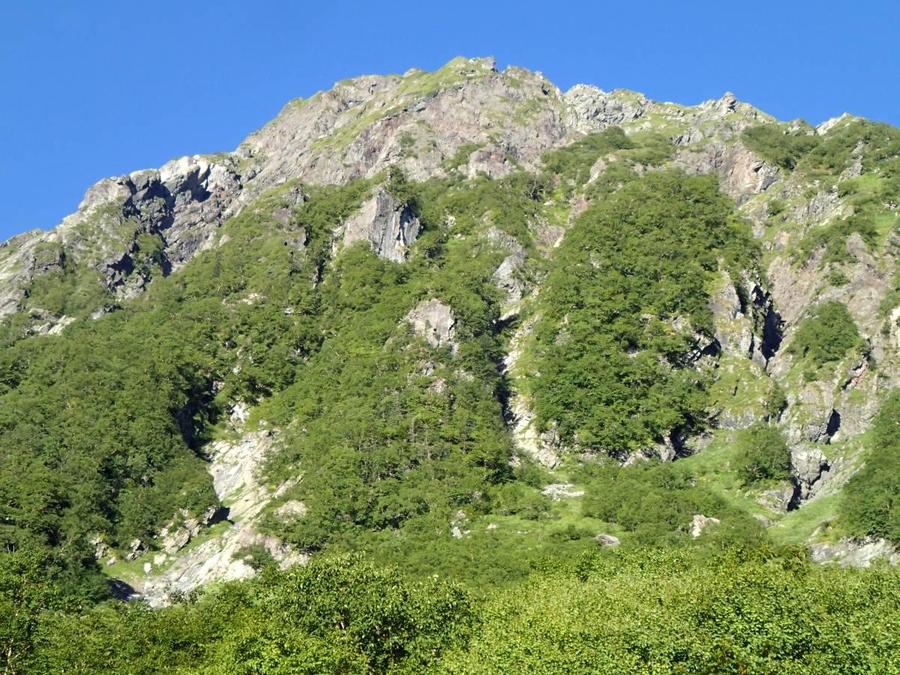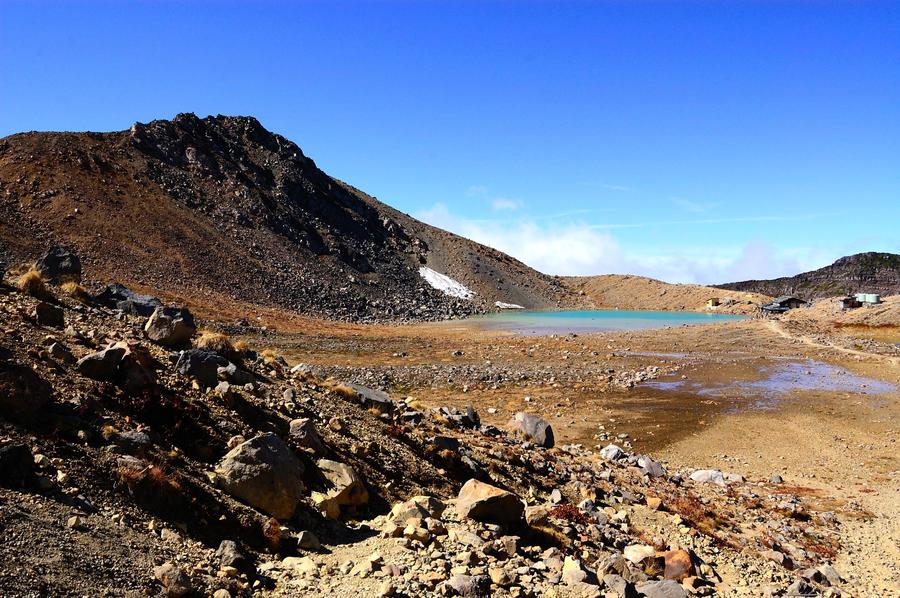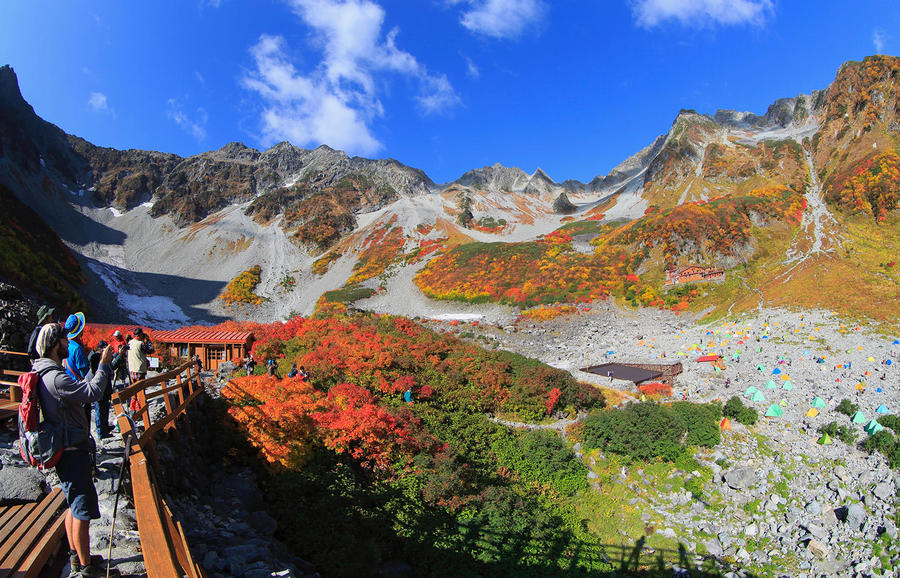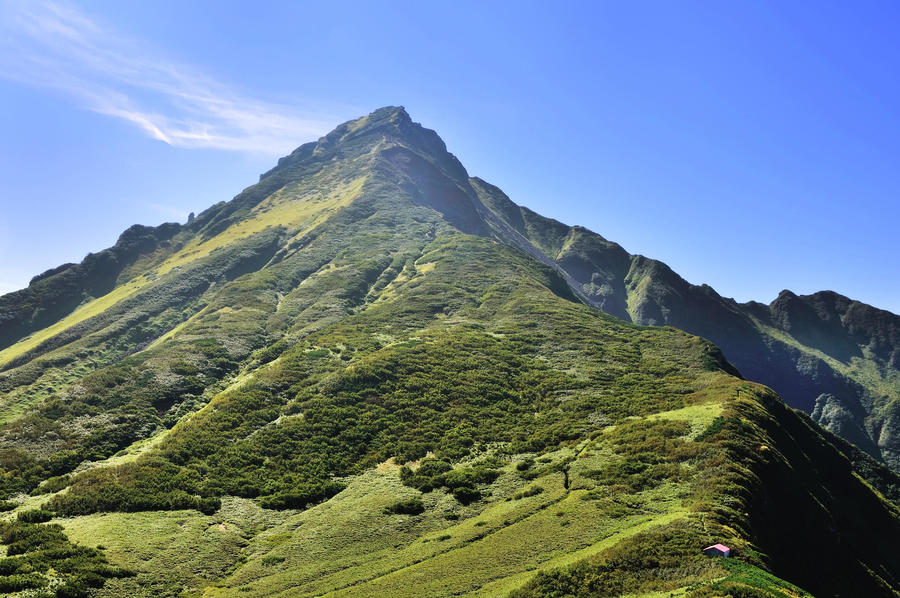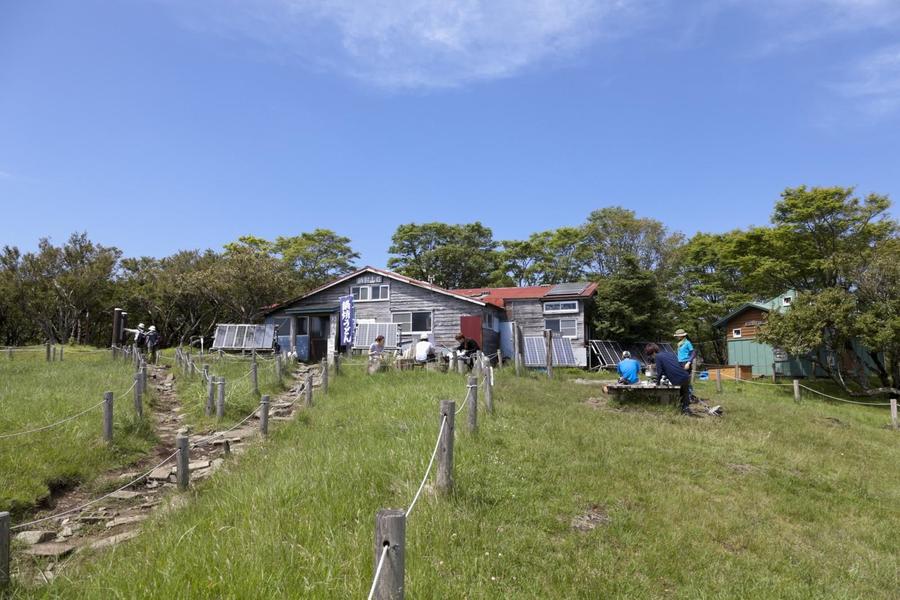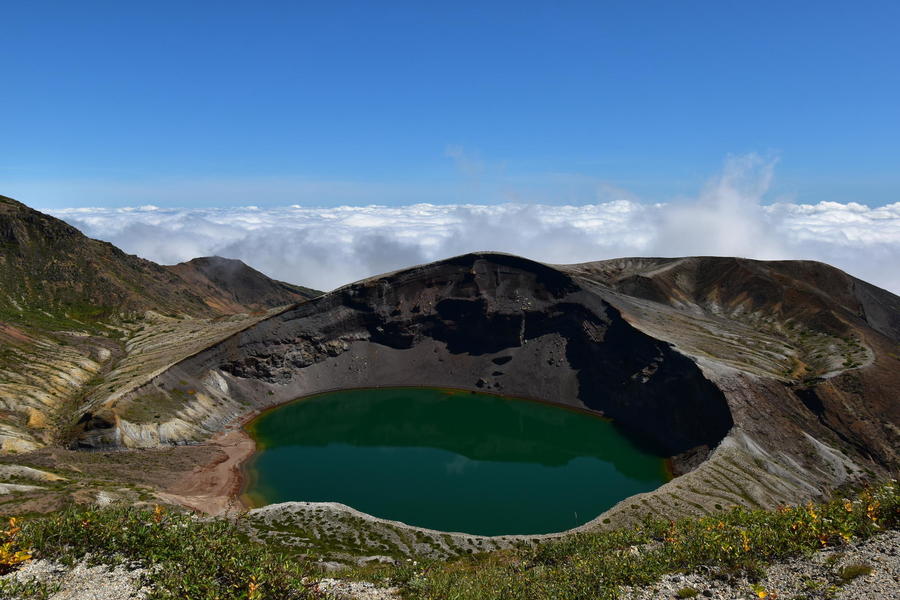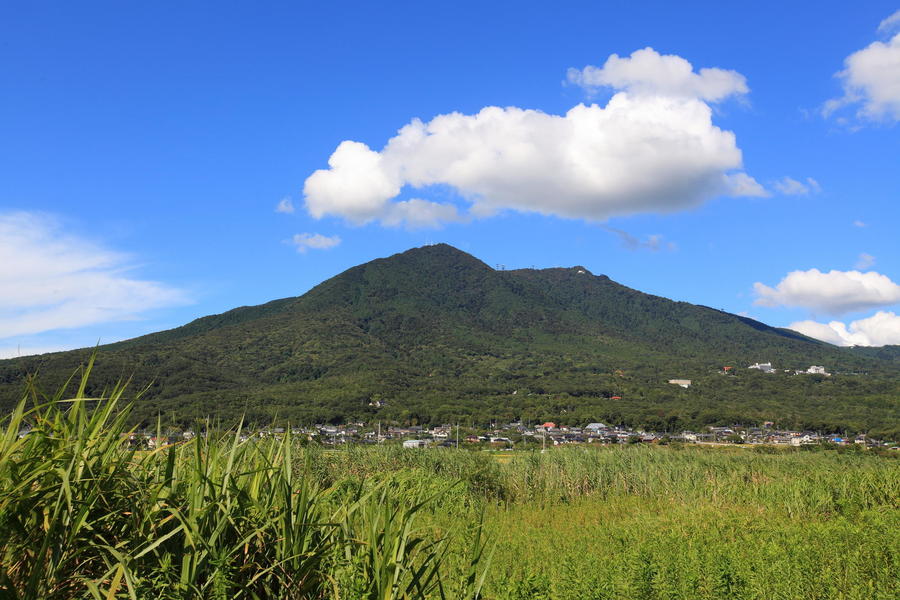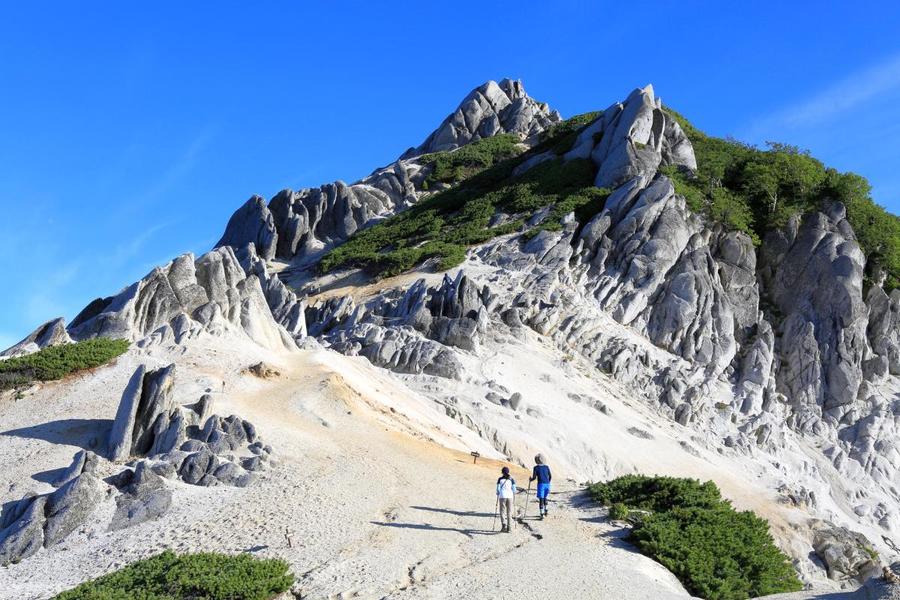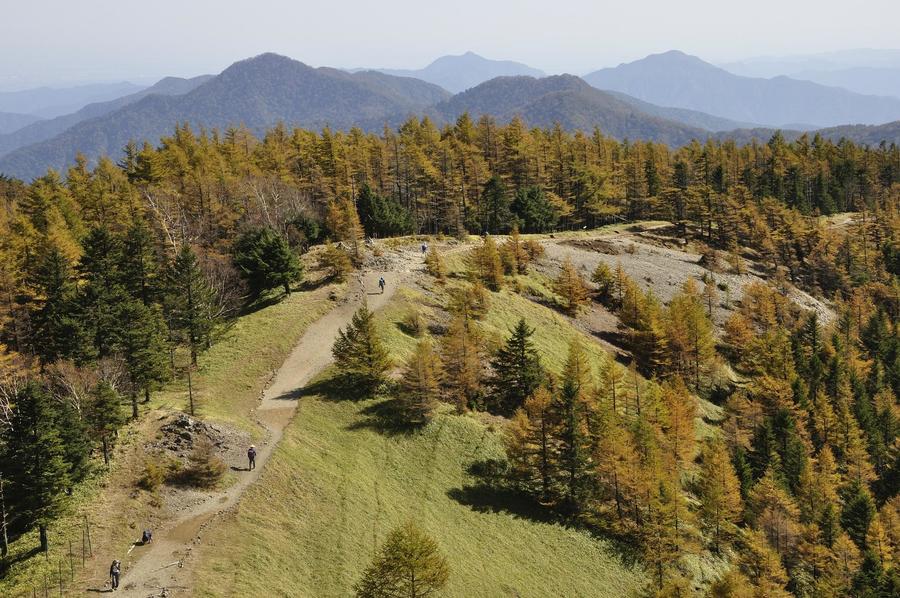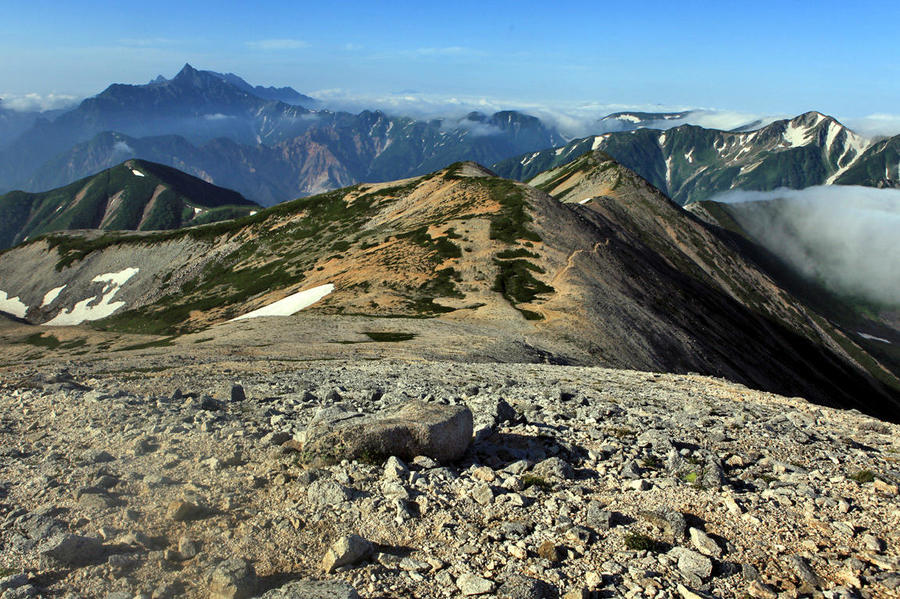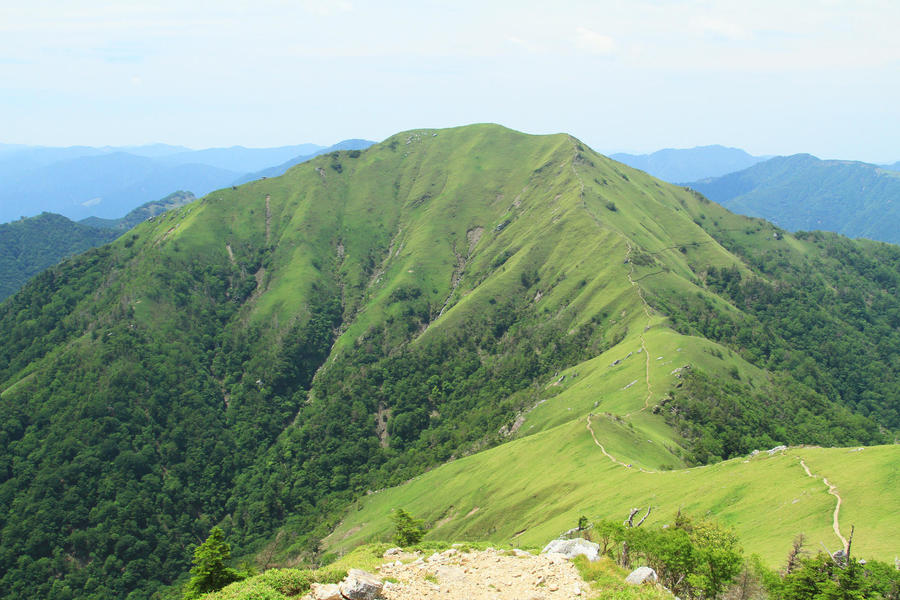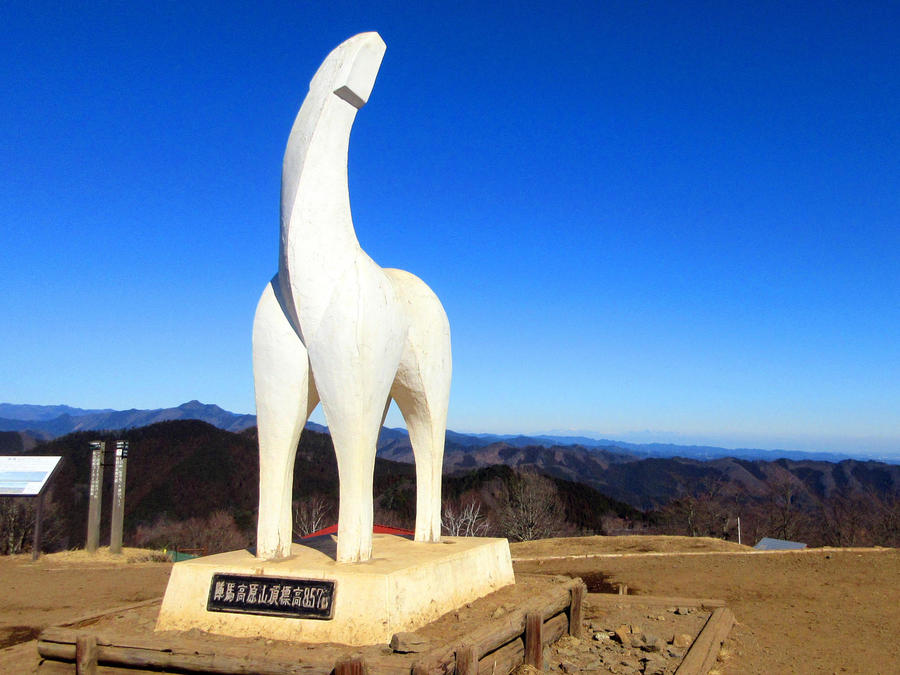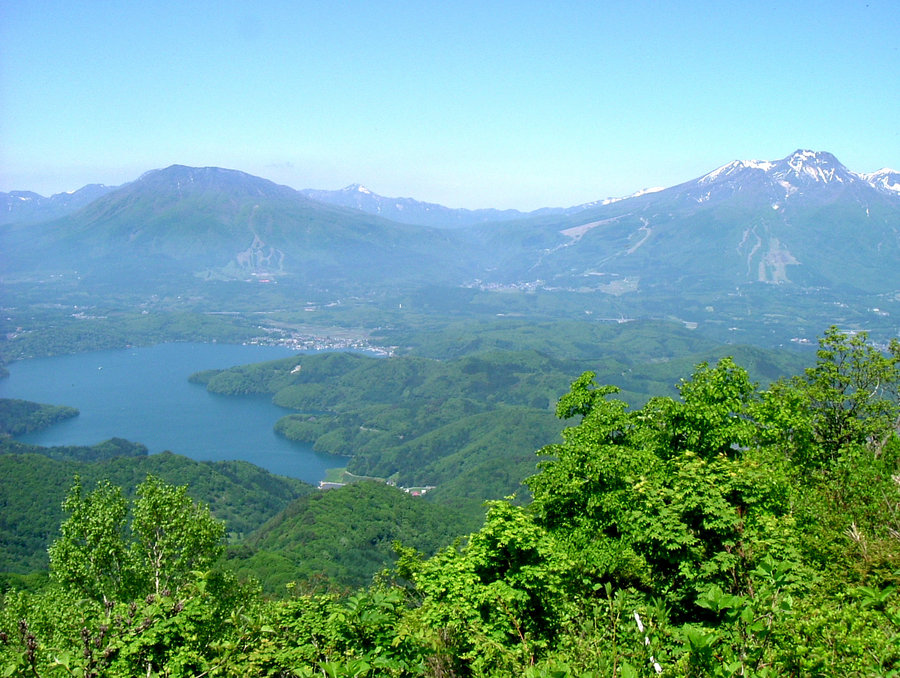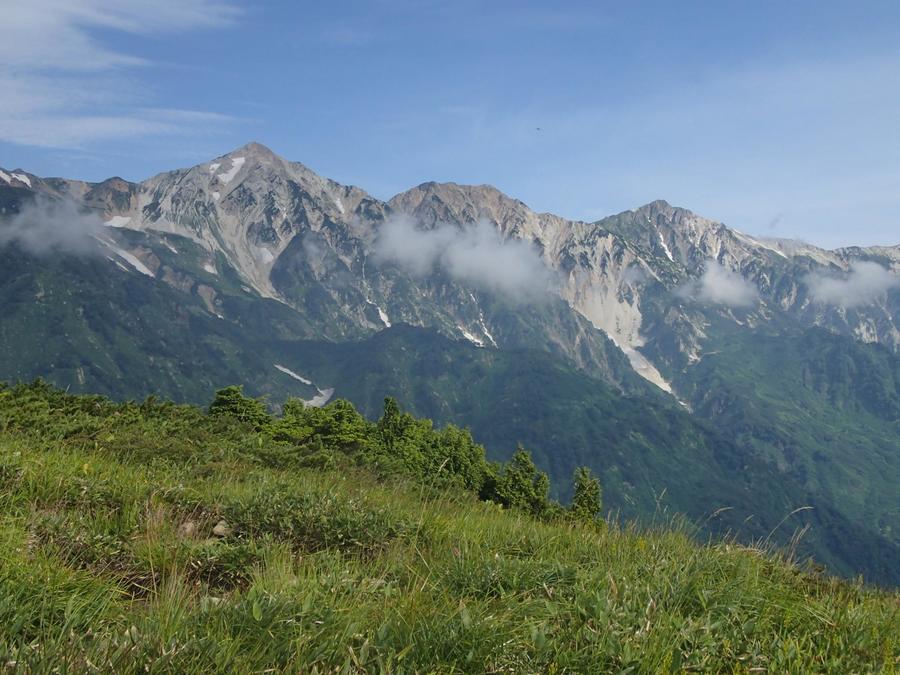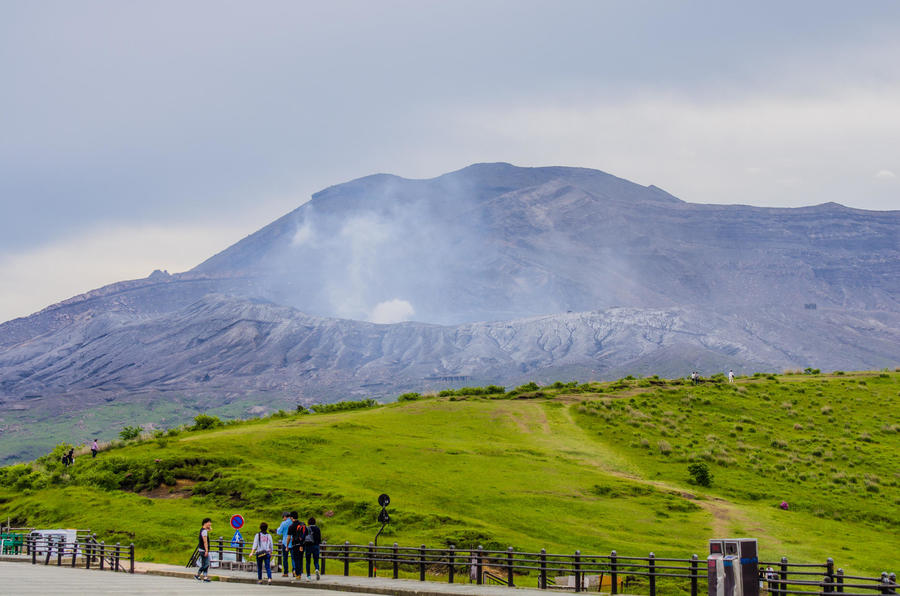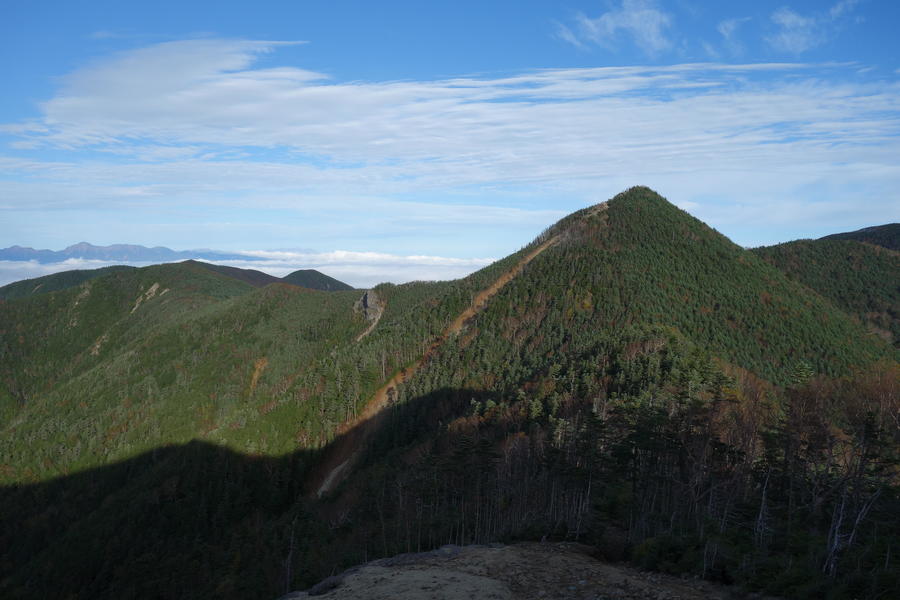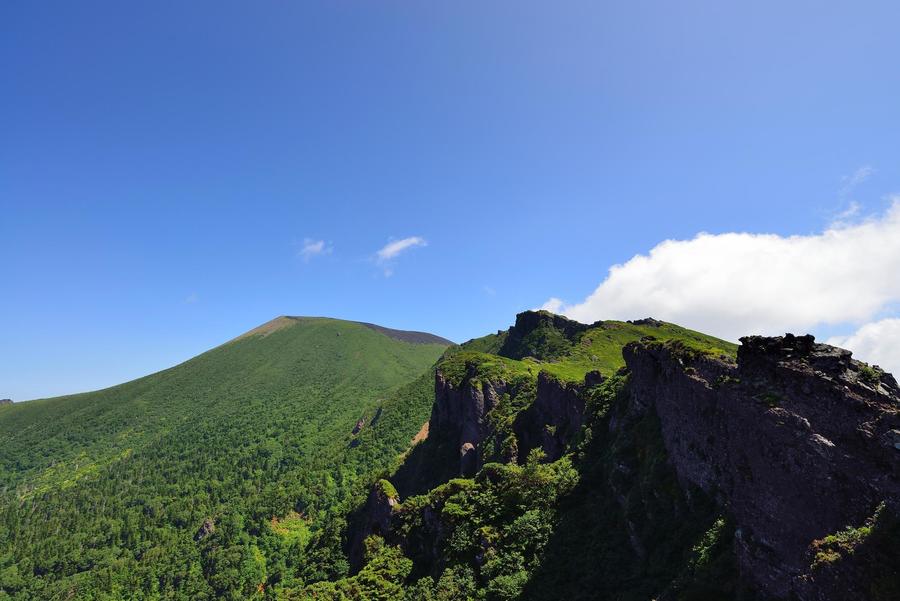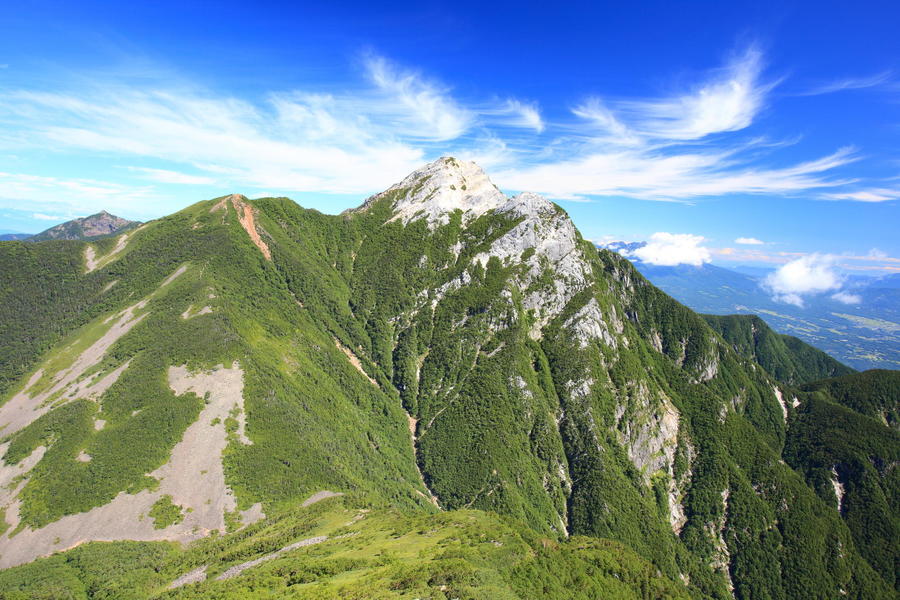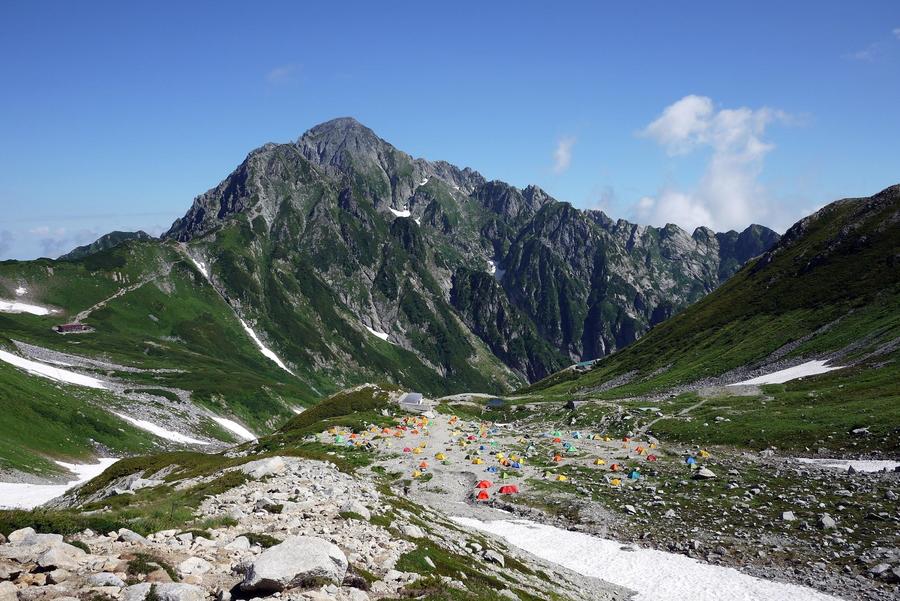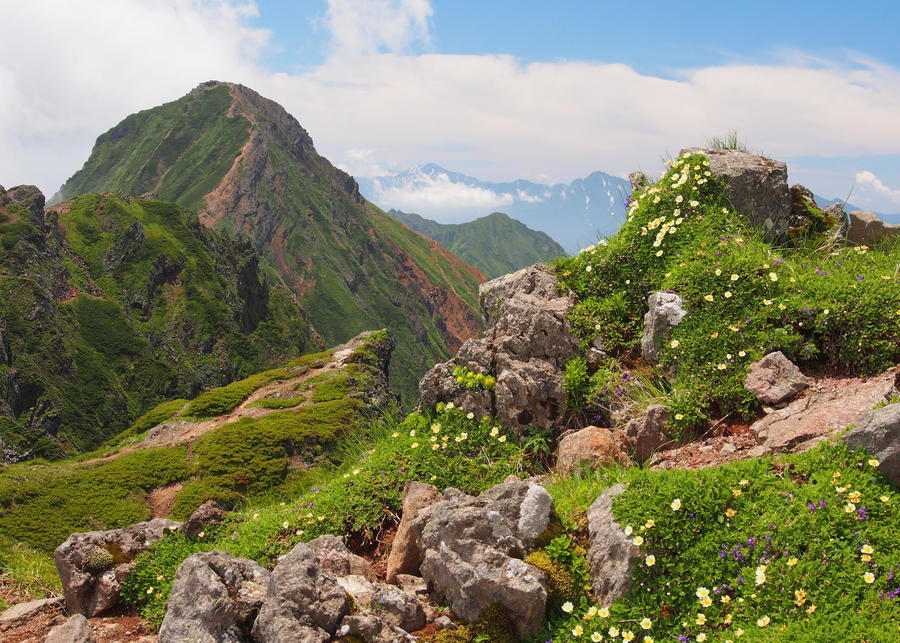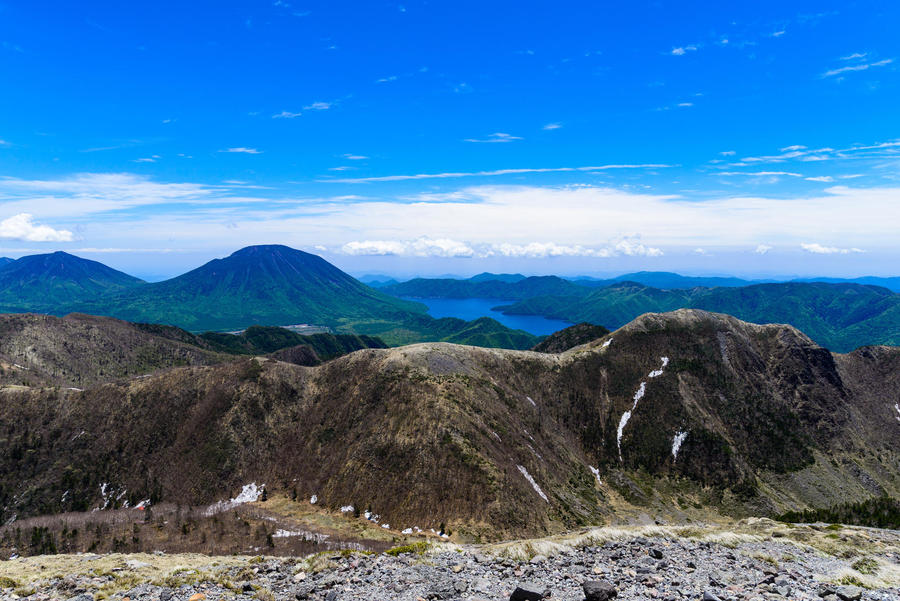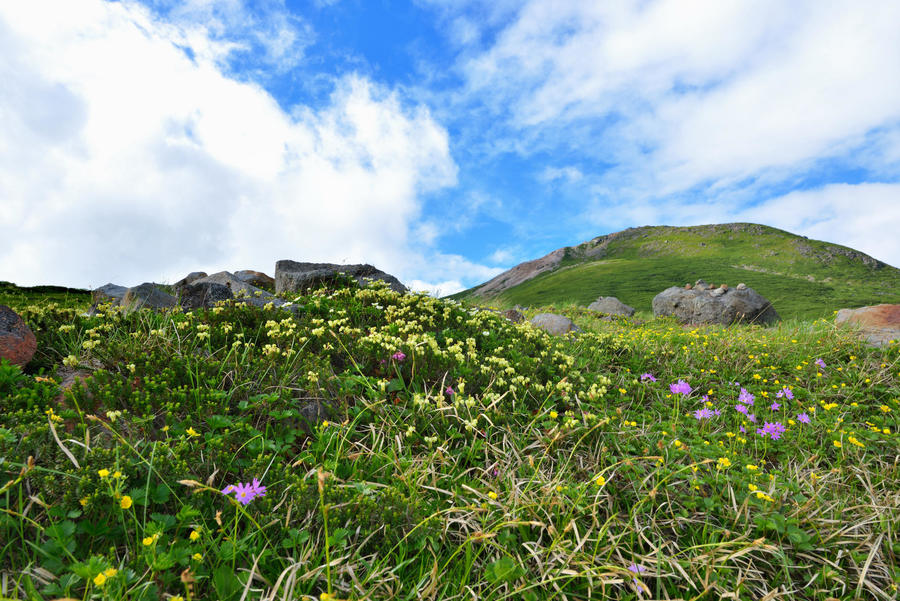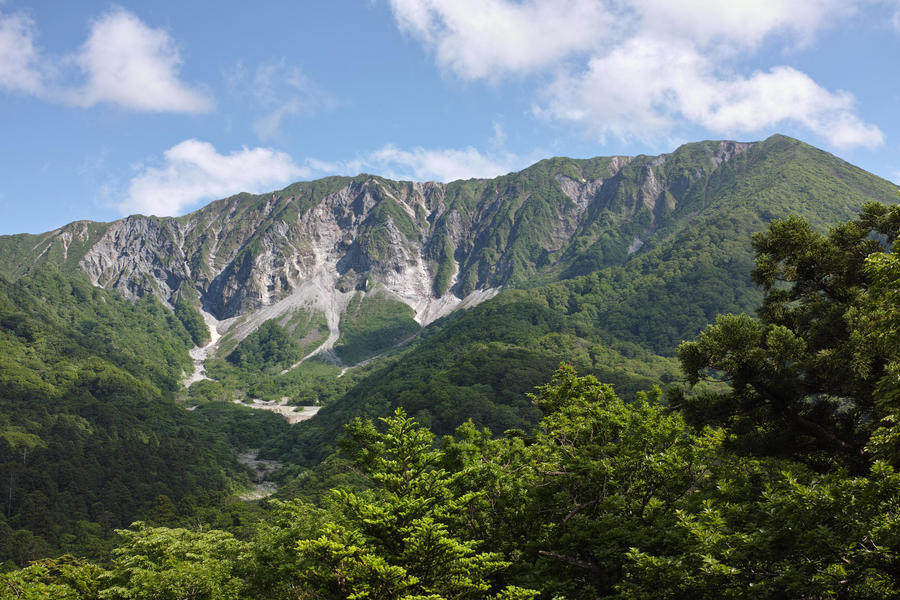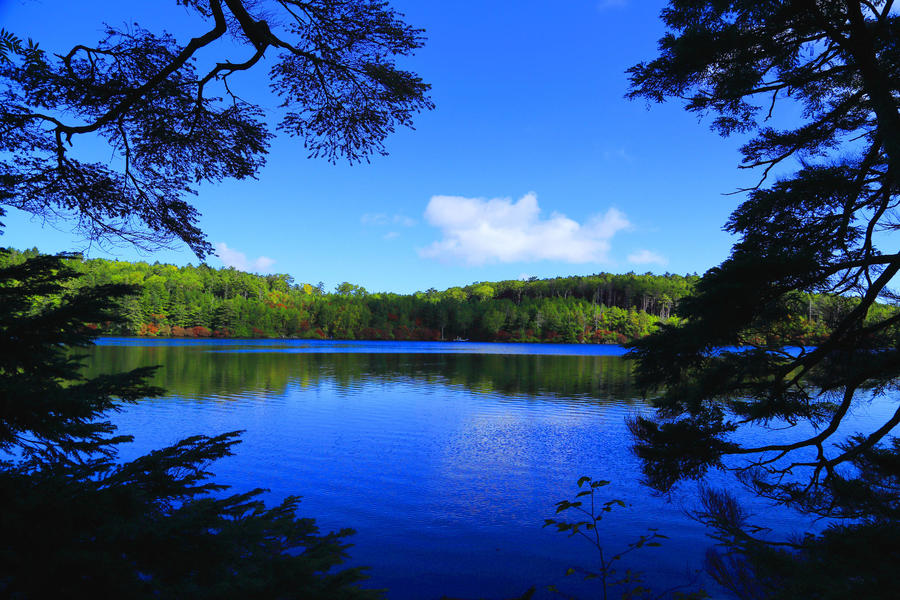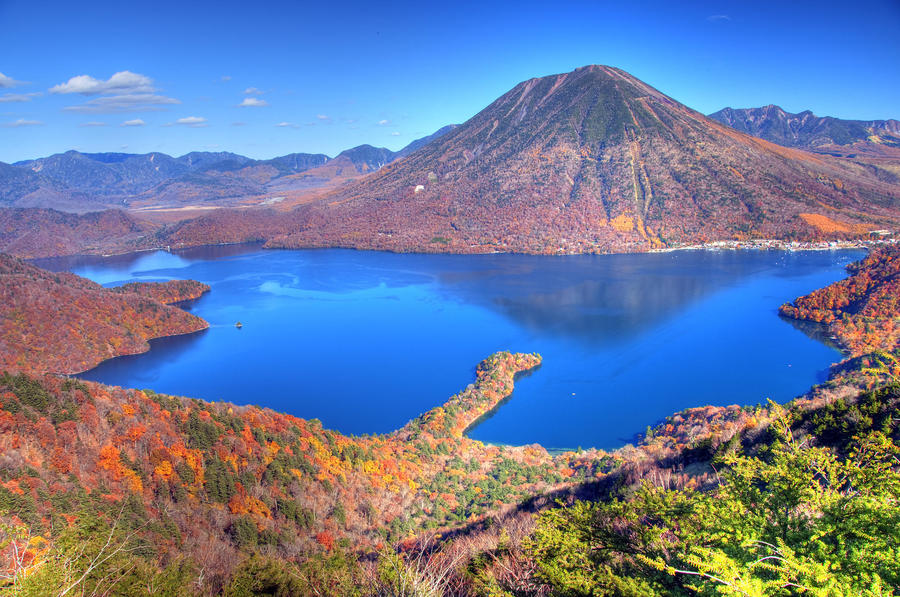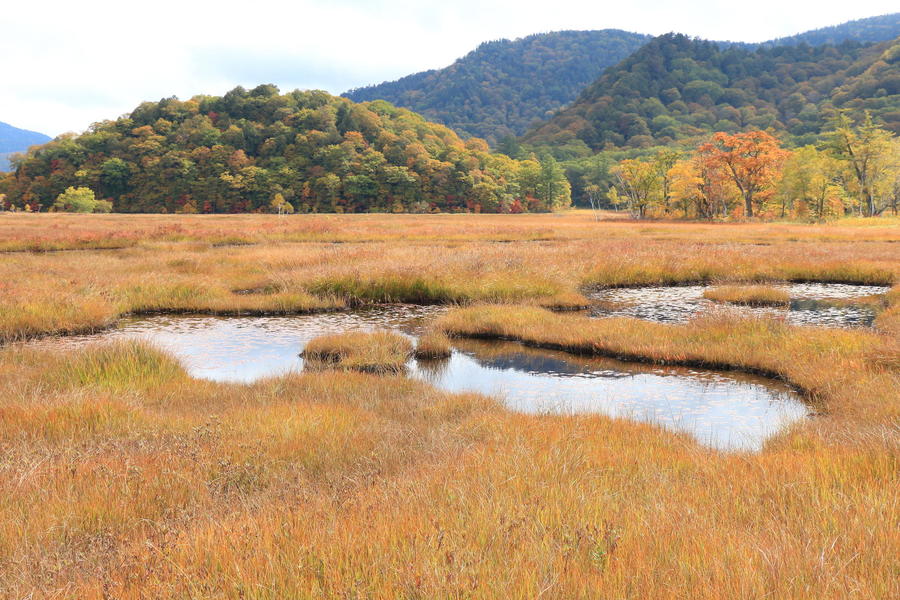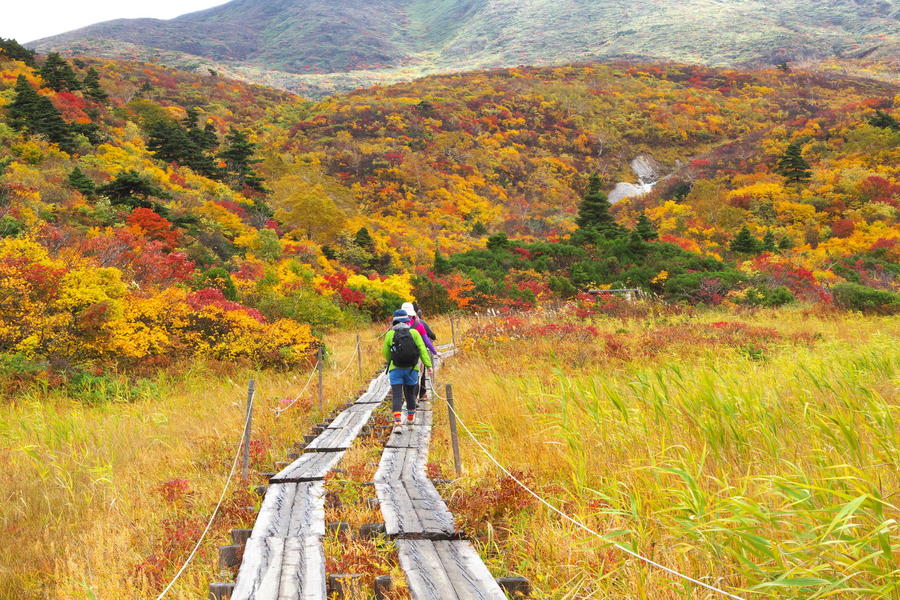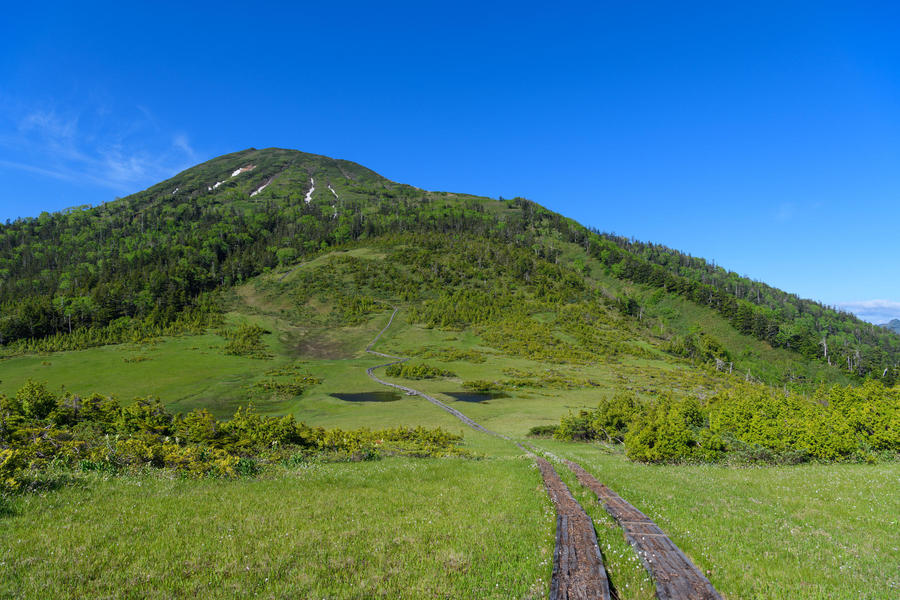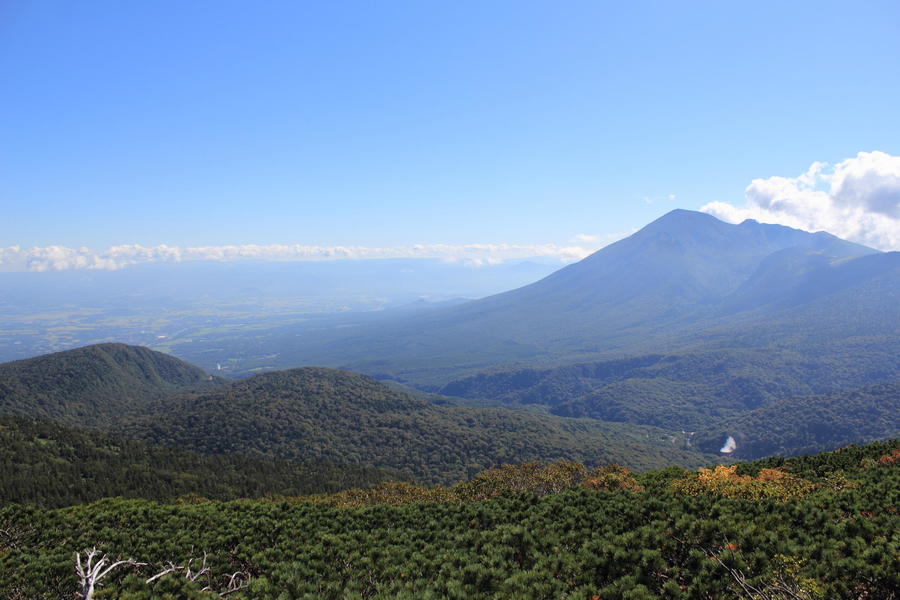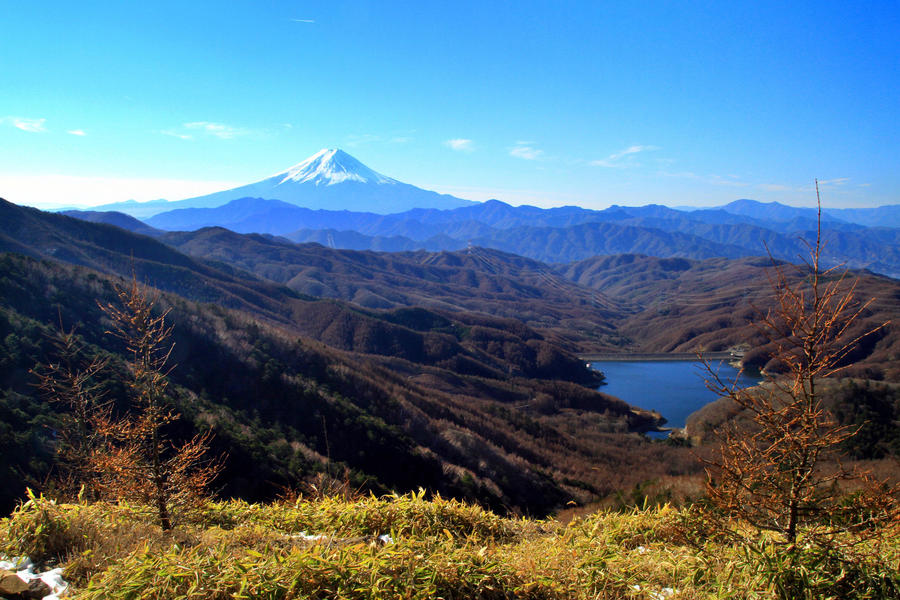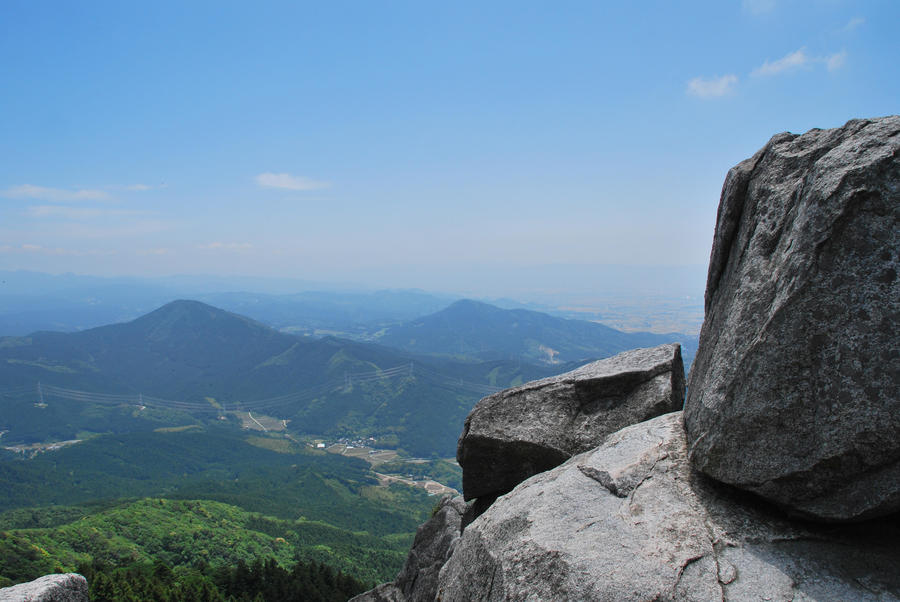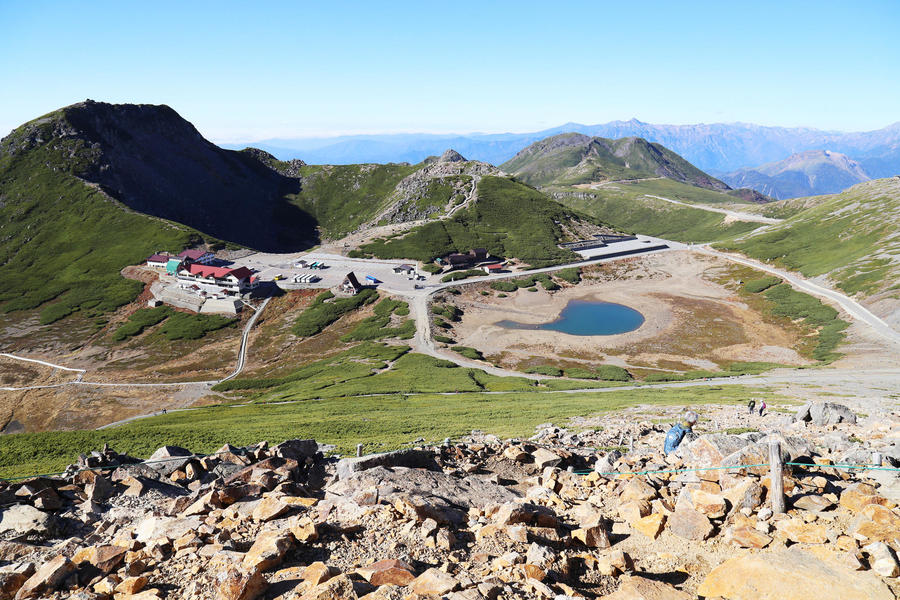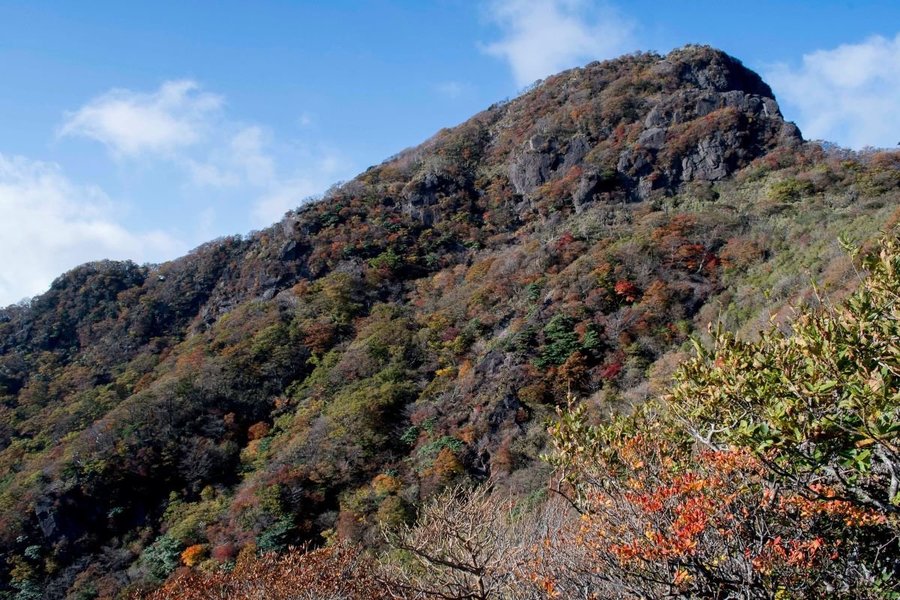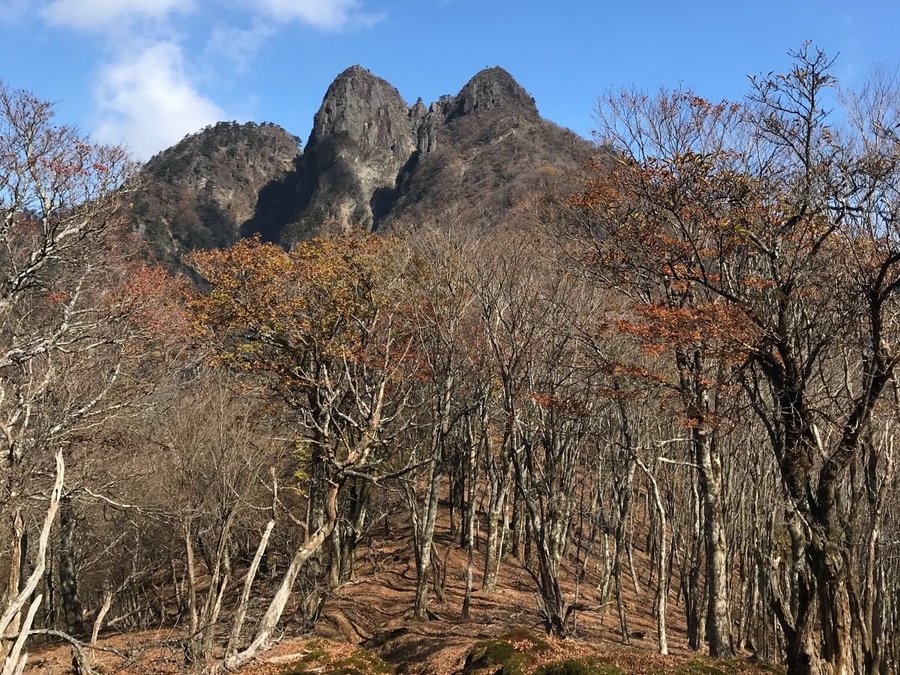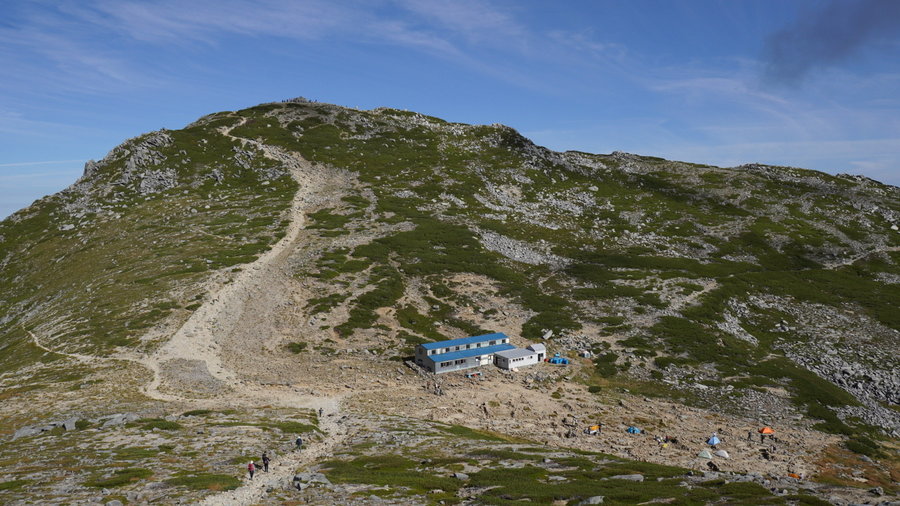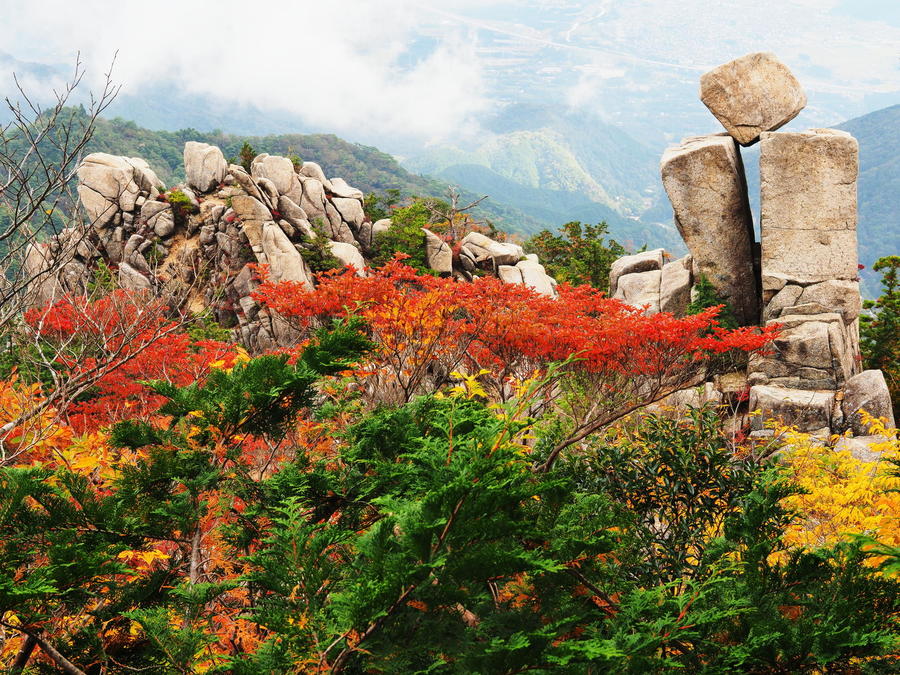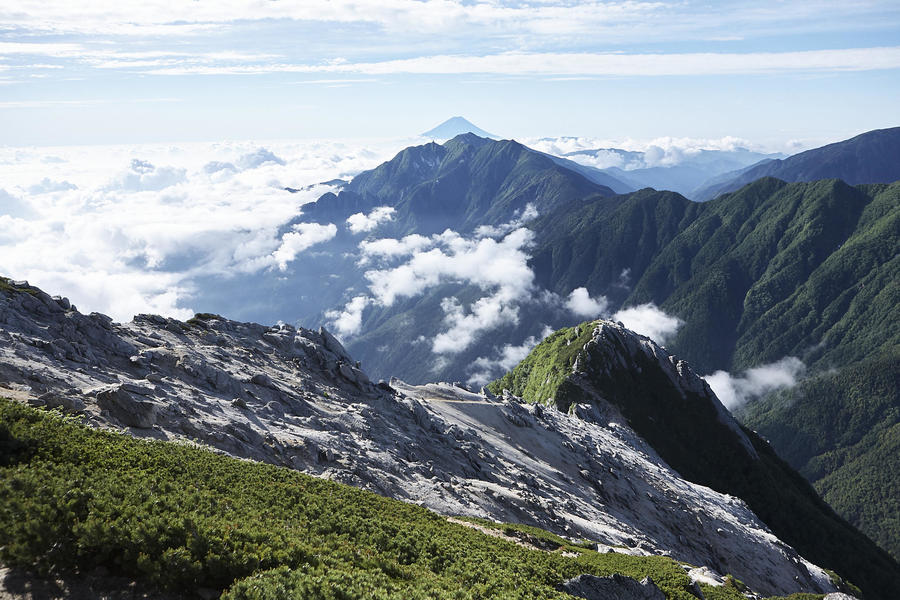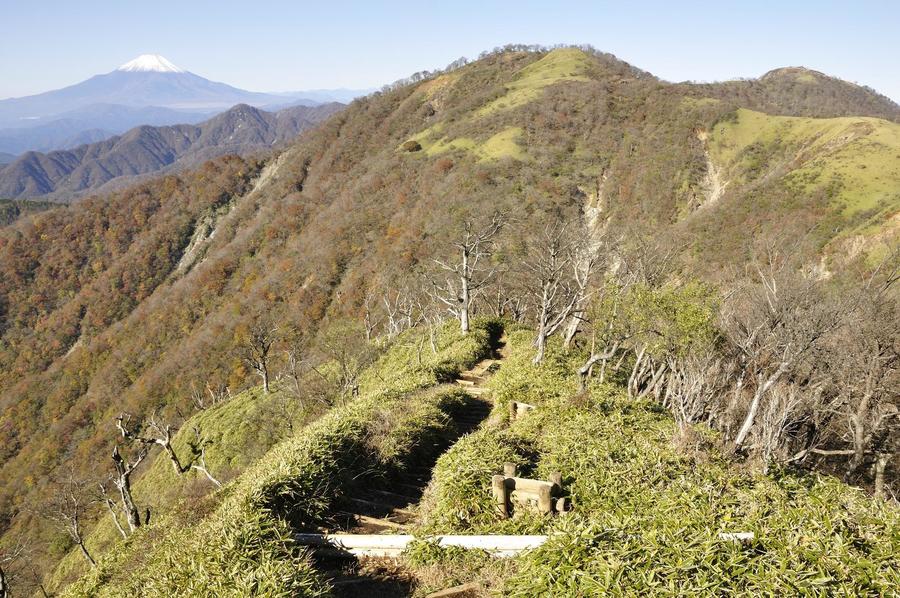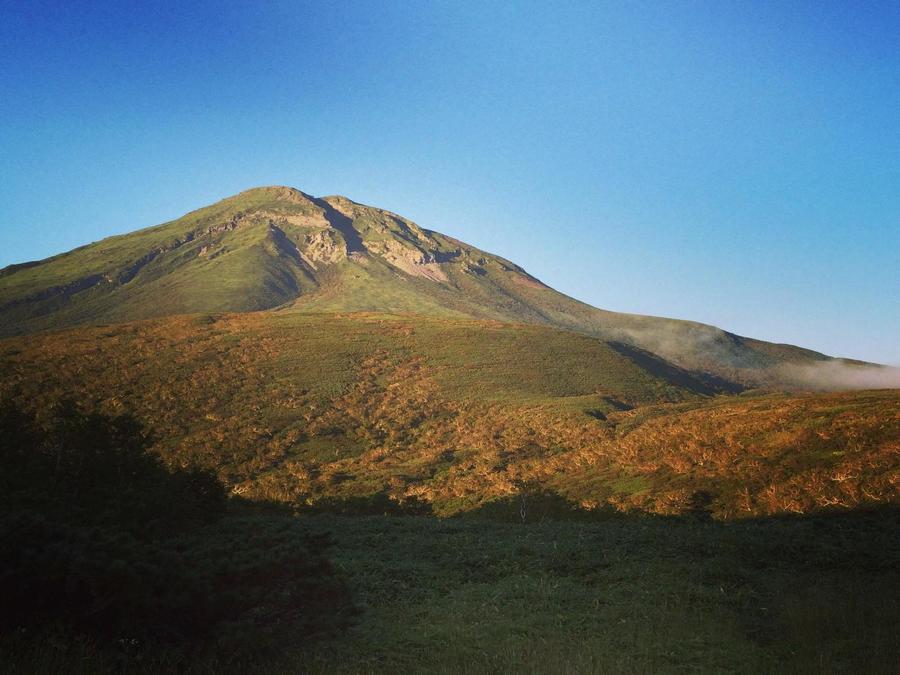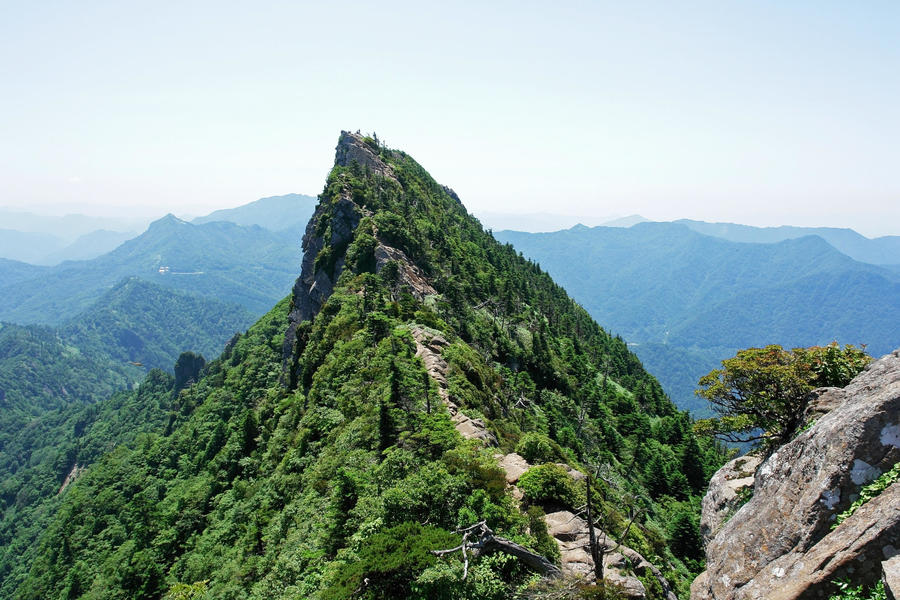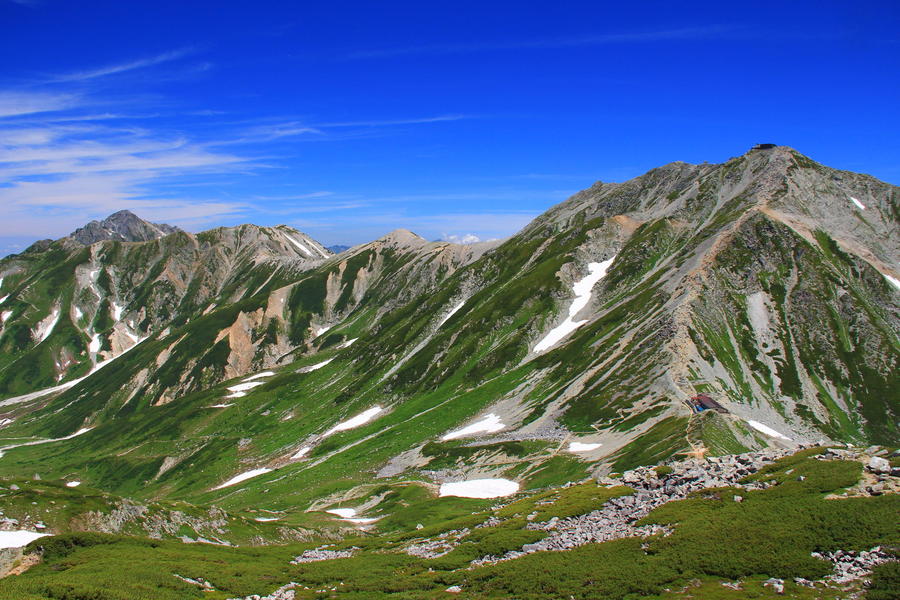Hiking Equipment
We have listed the equipment needed in the situations below in the following five categories.
(1) Footwear
(2) Rucksack
(3) Rainwear
(4) Clothing, and more.
(5) Other Equipment
■Tourism + Hiking
Many sightseeing areas in Japan feature temples, shrines, and scenic and historic places adjacent to mountains.
In order to gain a deeper appreciation of them, we hope you will not just visit the foot of these mountains but actually enter them and experience their essence.
(1) Low-cut outdoor shoes, trekking boots
(2) 15-20 liter rucksack
(3) Umbrella, etc. (Bringing a waterproof and windproof jacket would be a good idea.)
(4) Dress appropriately for the weather.
(5) Camera, water bottle, etc.
■Day Hikes (Snowless Periods)
The best part about a day hike is that you can leave your clothes and suitcases where you are staying or at lodging at the base of the mountain and enjoy the hike with very little equipment.
We recommend preparing equipment appropriate for the mountain you will be hiking.
(1) Outdoor shoes, trekking boots, light mountain boots
(2) 15-20 liter rucksack
(3) Highly breathable and waterproof rainwear (GORE-TEX, etc.)
(4) Dress in quick-drying materials (synthetic fibers, etc.).
(5) Camera, water bottle, trekking poles, etc.
■Overnight Hike (Snowless Periods, Staying at a Mountain Hut)
Scheduling at least two days for a hike with an overnight stay at a mountain hut greatly opens your choice of mountains to hike.
Although the types and weight of the equipment you need increases, you will be able to enjoy a more fulfilling hiking experience.
You will also need a few items to make your stay at a mountain hut more comfortable.
(1) Trekking boots, light mountain boots, mountain boots
(2) 30-40 liter rucksack
(3) Highly breathable and waterproof rainwear (GORE-TEX, etc.)
(4) Dress in quick-drying materials (synthetic fibers, etc.). Depending on the season and the mountain you may need warm clothing for mornings and evenings.
(5) Headlamp, change of clothes, items needed for overnight stay
■Overnight Hike (Snowless Periods, Camping in a Tent)
The best part of camping in a tent is that it costs less than staying at a mountain hut.
Although you will have to set up camp and cook, the extra degree of freedom that camping in a tent allows you to enjoy a more fulfilling hiking experience.
(1) Light mountain boots, mountain boots
(2) 50-70 liter rucksack
(3) Highly breathable and waterproof rainwear (GORE-TEX, etc.)
(4) Dress in quick-drying materials (synthetic fibers, etc.). Depending on the season and the mountain you may need warm clothing for mornings and evenings.
(5) Headlamp, change of clothes, items needed for overnight stay
Camping equipment: Tent, sleeping bag, sleeping mat, etc.
Cooking equipment: Burner or portable stove, dishes and cutlery, food, and water
■Hike with Rock Ridge Climbing
The Japanese Alps and other areas with rock ridges offer routes that require real climbing skills.
These hikes are intended for experienced hikers who have experience climbing rock ridges in their own country.
These hikes are generally led by mountain guides who help hikers safely enjoy the intensity and tension of rock ridge climbing.
* We don't feature hikes like these on this site.
(1) Mountain boots
(2) A rucksack with suitable capacity for your equipment
(3) An alpine hardshell jacket made from strong fabric
(4) Dress in quick-drying materials (synthetic fibers, etc.).
(5) A helmet to protect your head in case of falls or rock slides (Helmets are required for some mountains and routes.)
Safety equipment for dangerous areas: Harness, sling, carabineers, rope
■Snow Mountain Climbing
Climbing winter mountains in Japan, which has some of the world’s snowiest areas, requires equipment appropriate for the weather and snow conditions.
These hikes are generally led by mountain guides and require careful preparation but allow climbers to enjoy the worlds of snow and ice Japan has to offer.
* We don't feature hikes like these on this site.
(1) Winter mountain boots
(2) A rucksack with suitable capacity for your equipment
(3) An alpine hardshell jacket made from strong fabric
(4) Dress in quick-drying materials (synthetic fibers, etc.). You will also need warm clothes, a hot, waterproof gloves, sunglasses, goggles, etc.
(5) Helmet, crampons, ice axe…This is needed to climb steep slopes, prevent falls, and ensure safety.
Avalanche rescue equipment: Beacon, snow probe, shovel (This equipment is essential in some mountains.)










